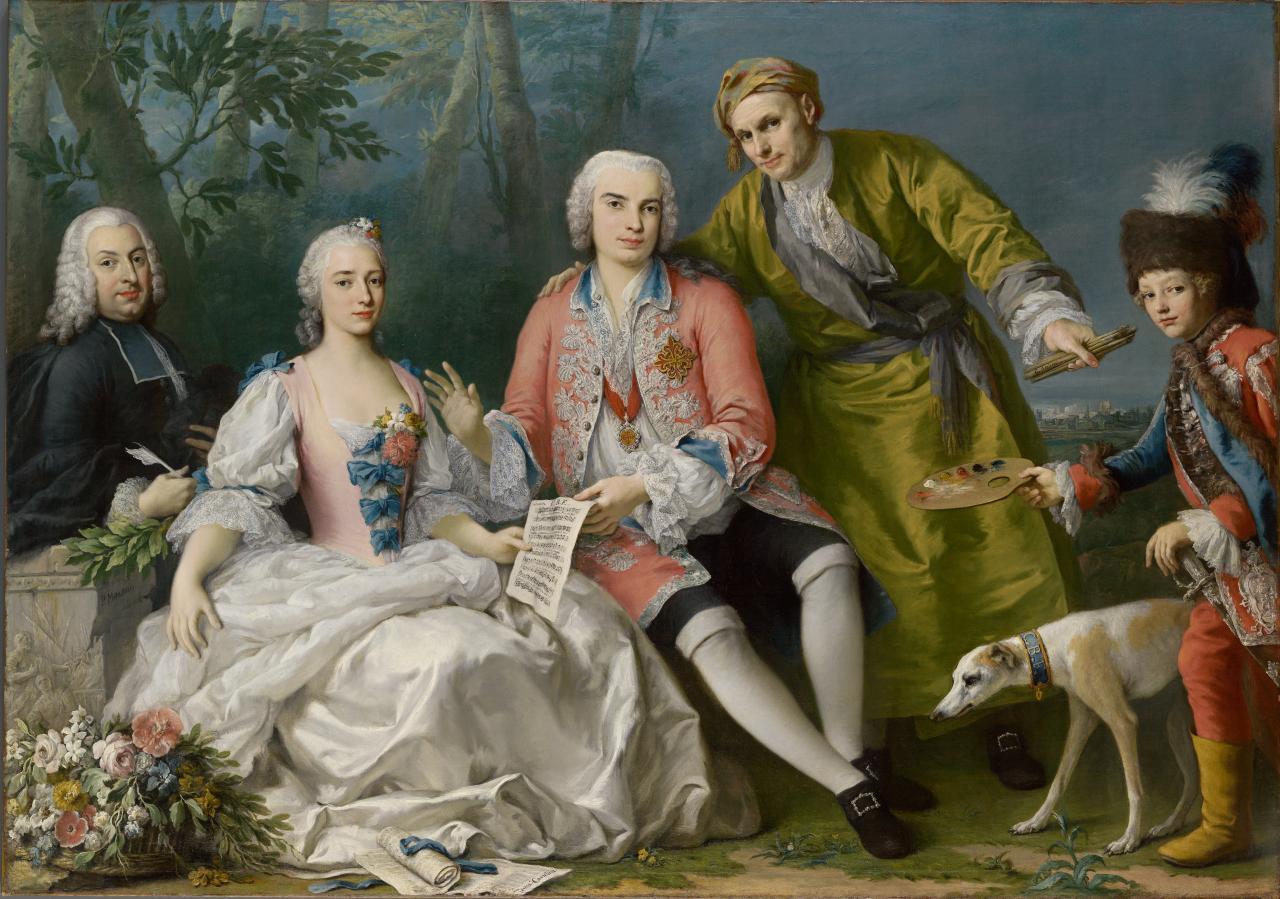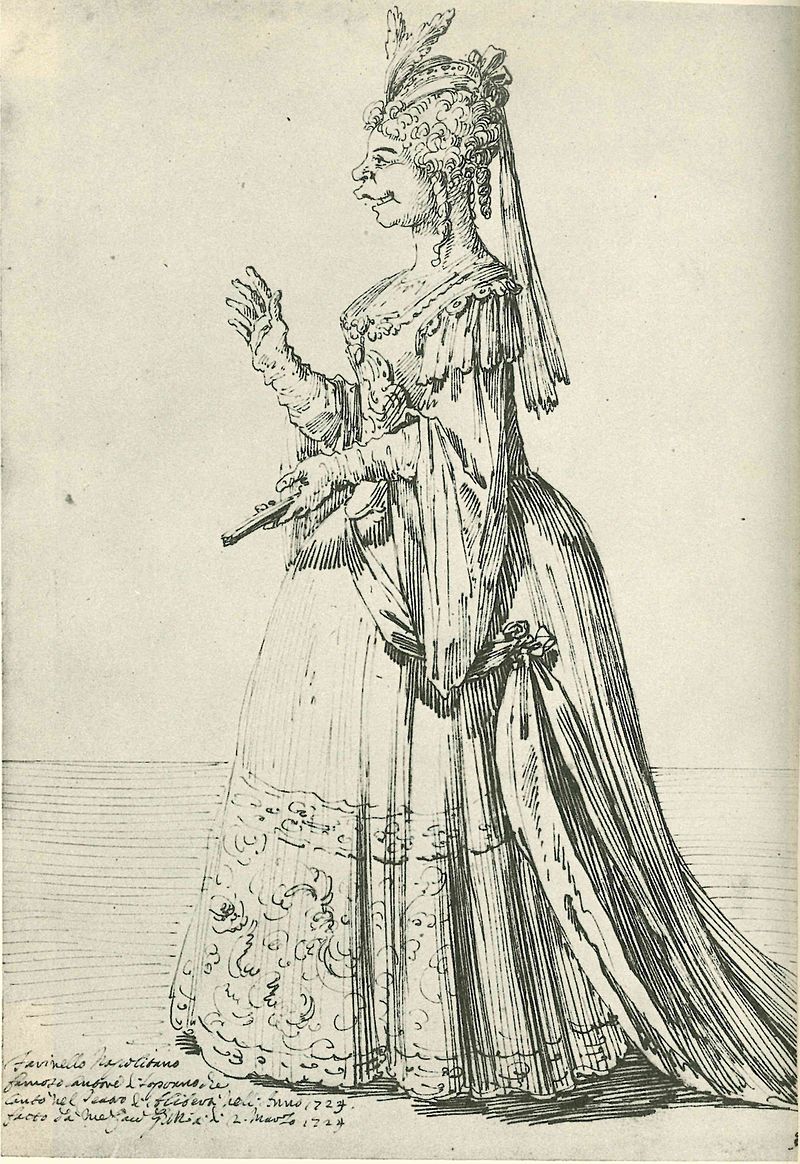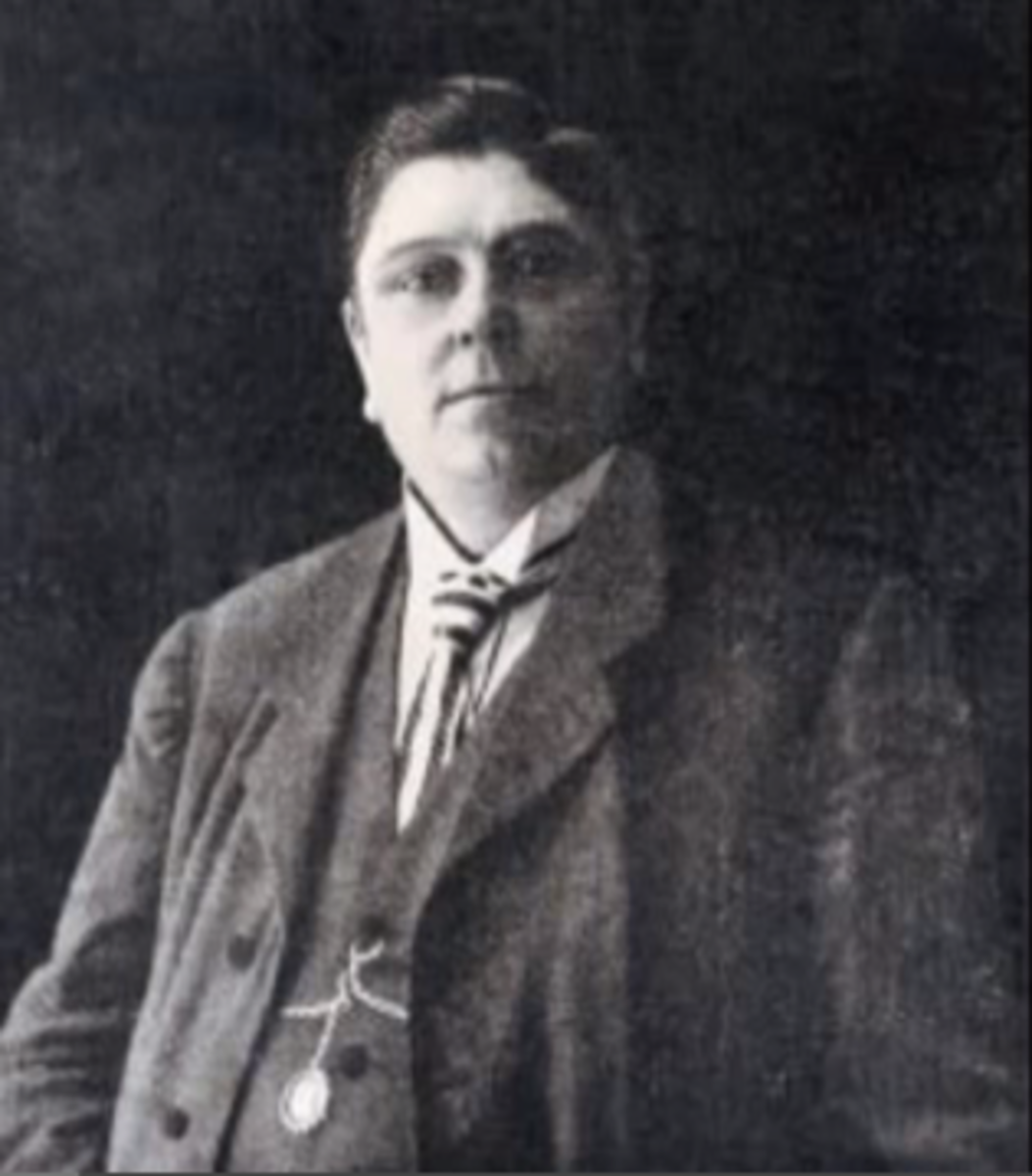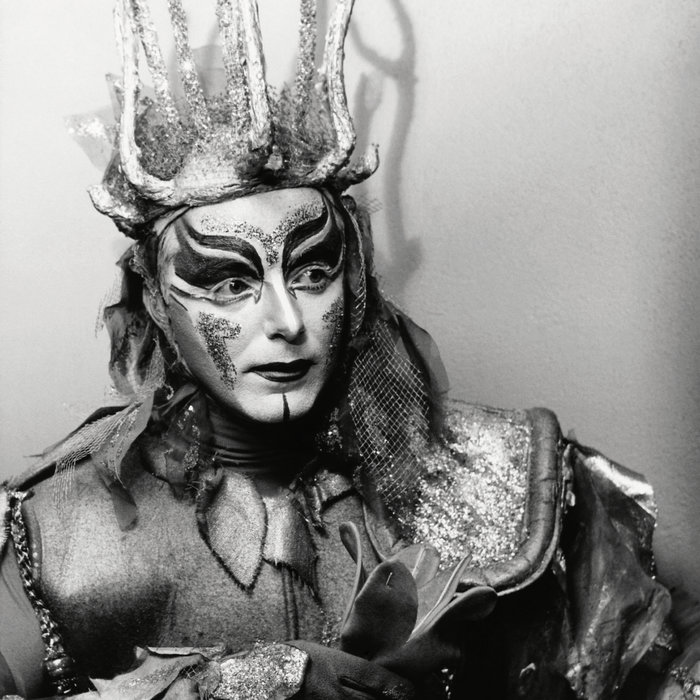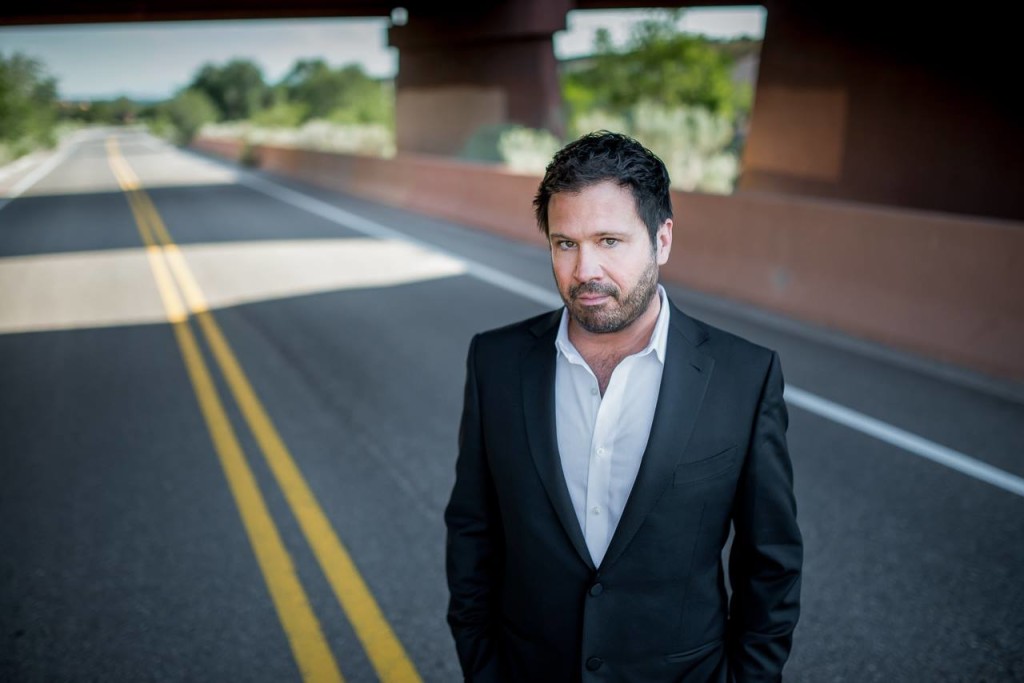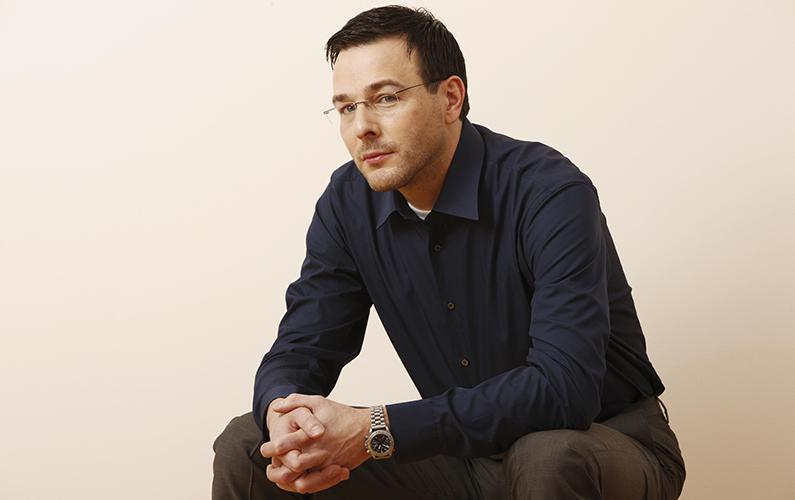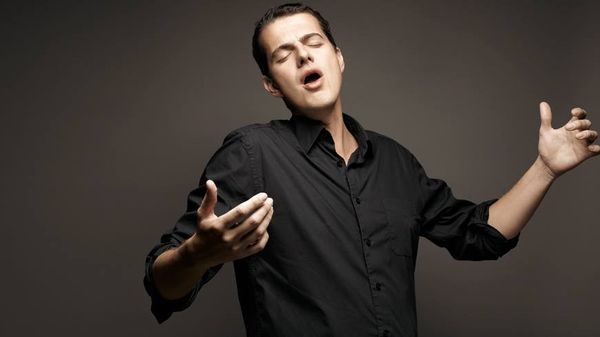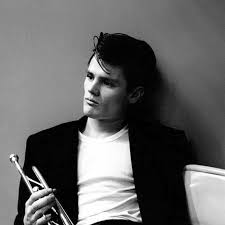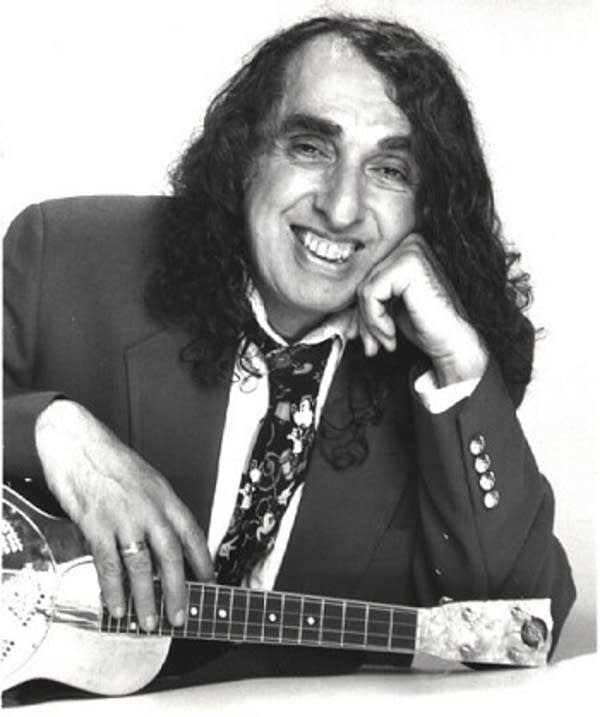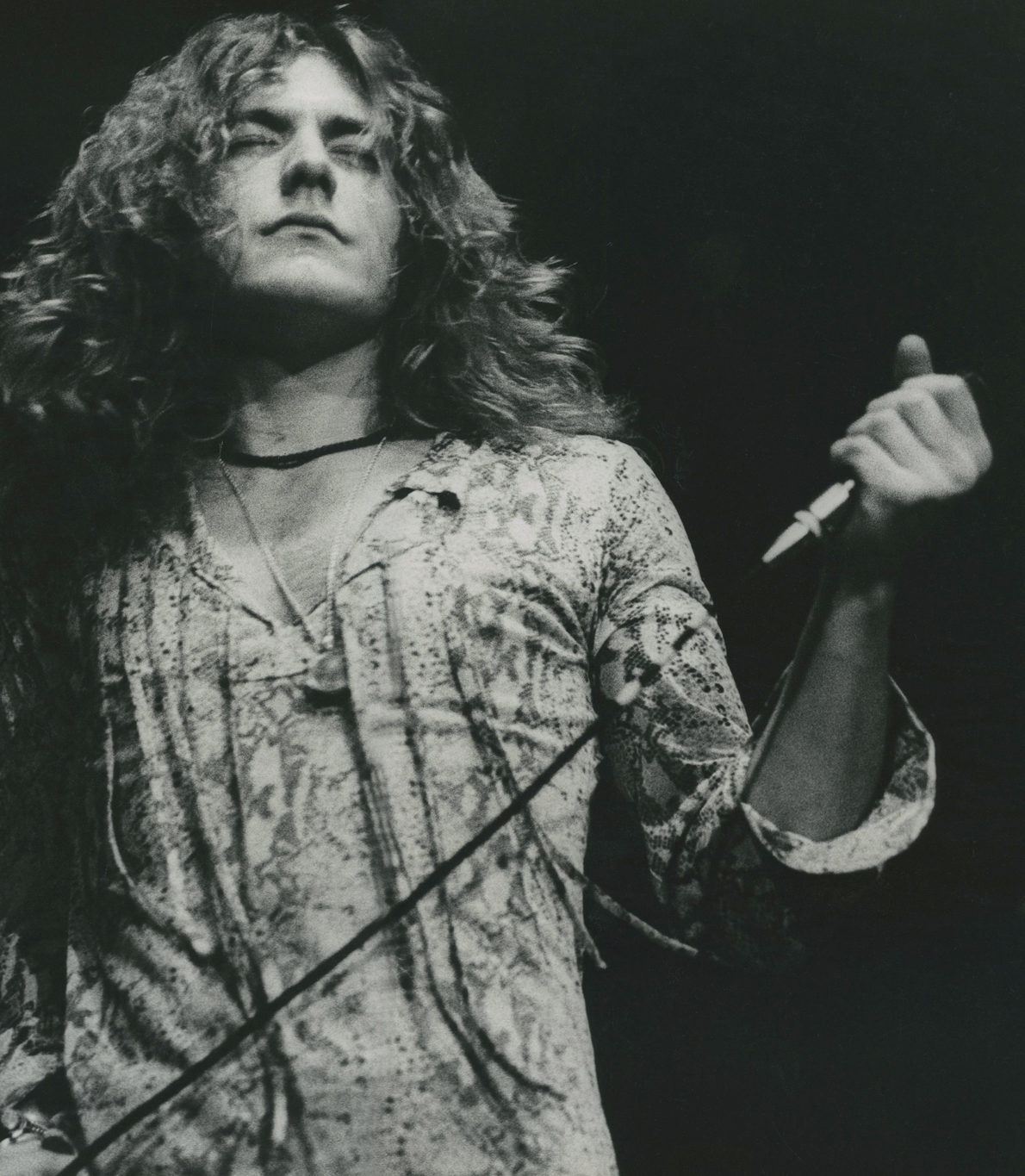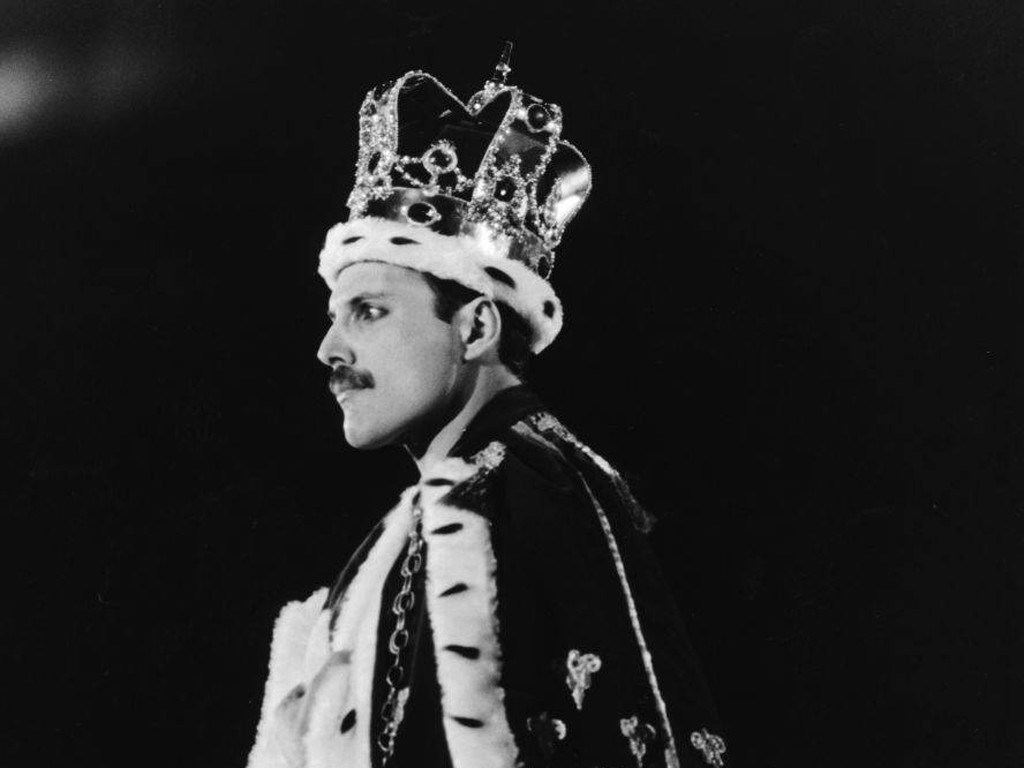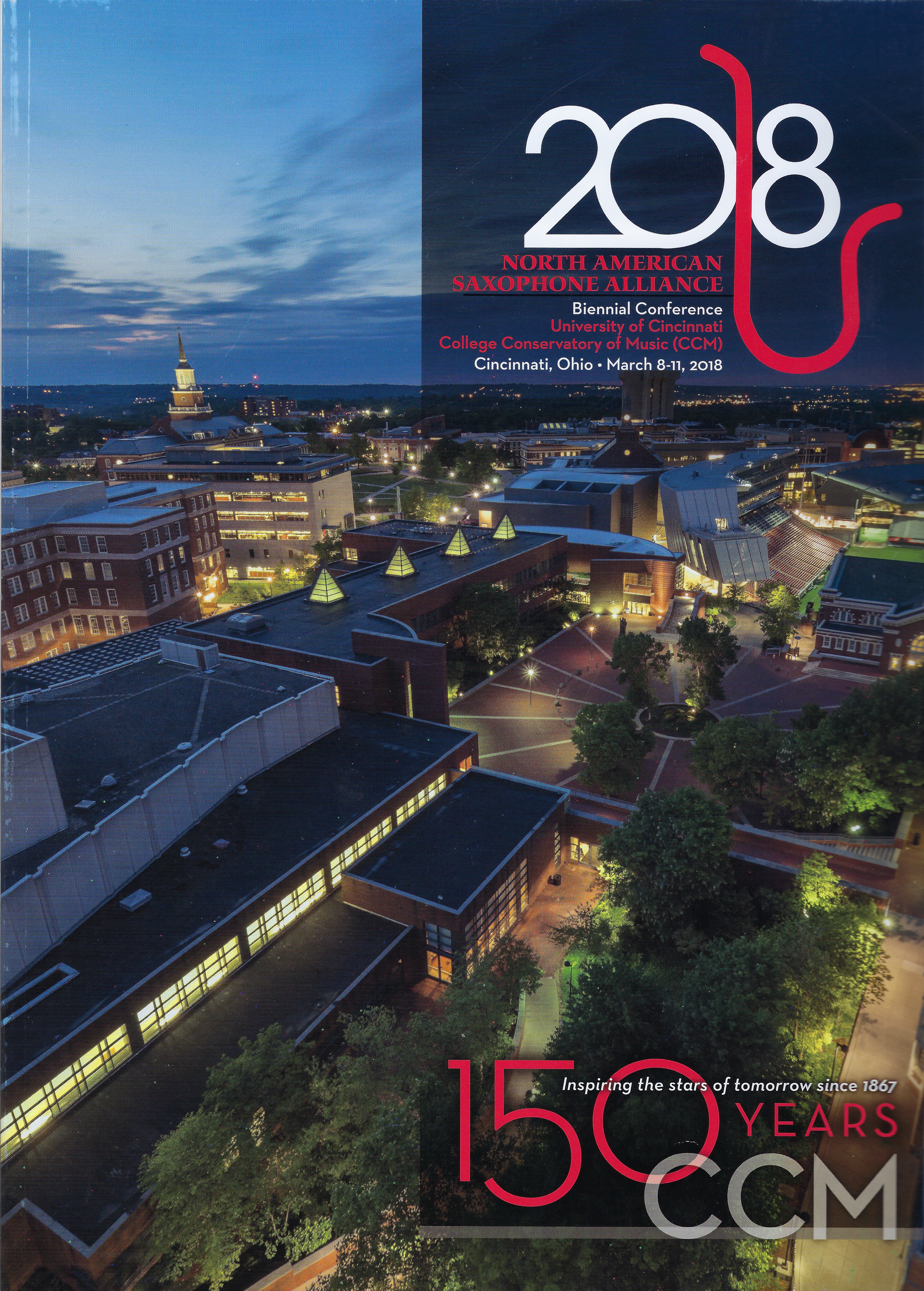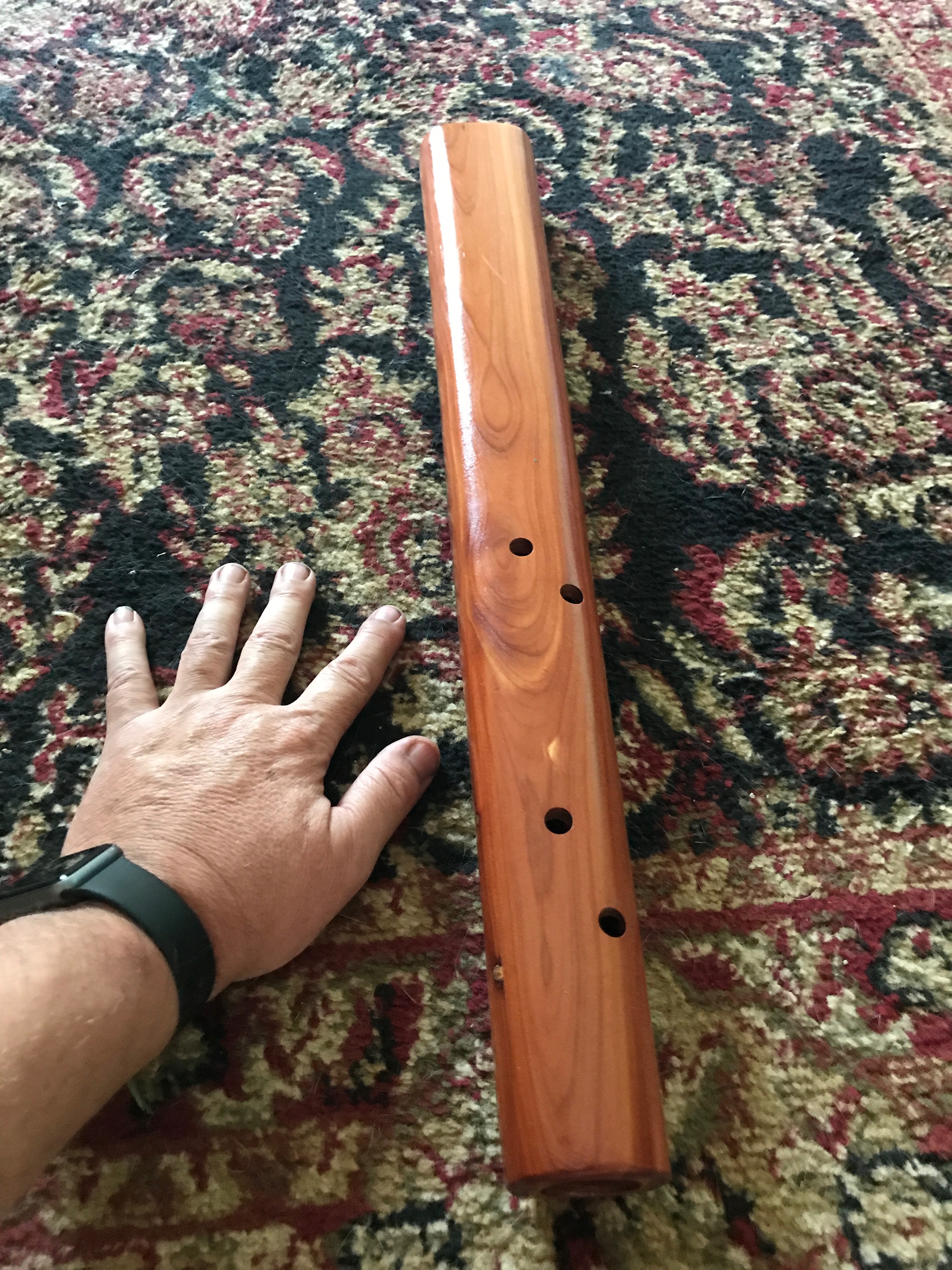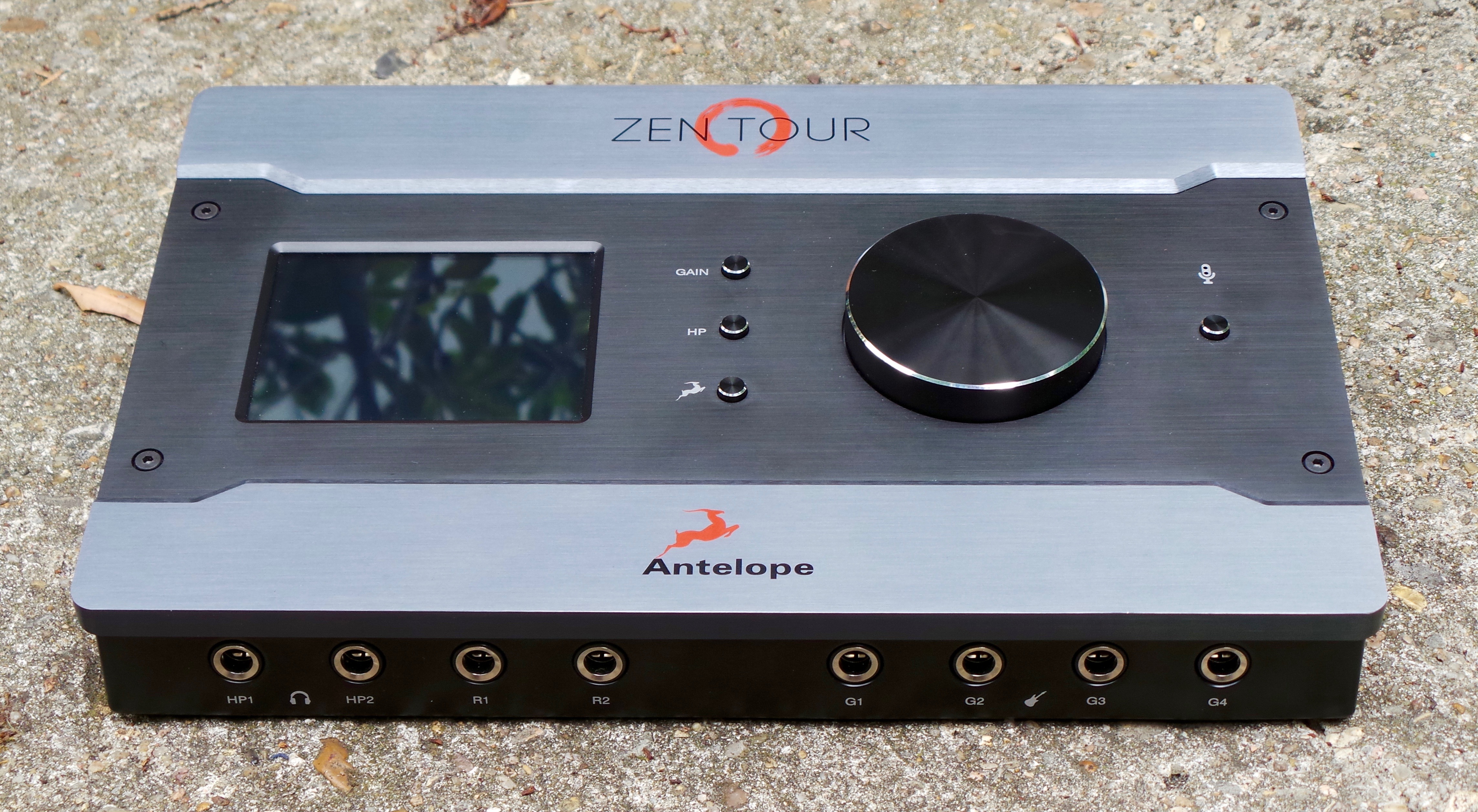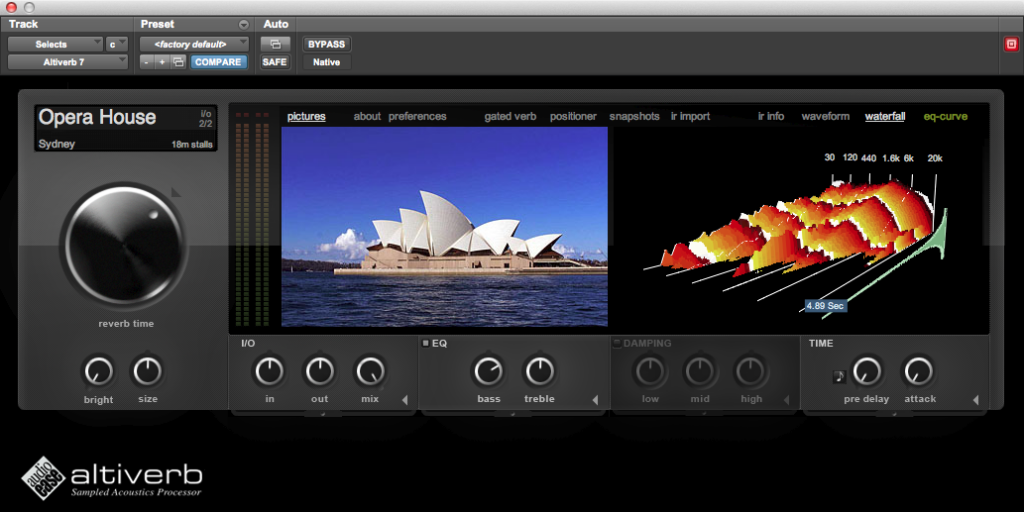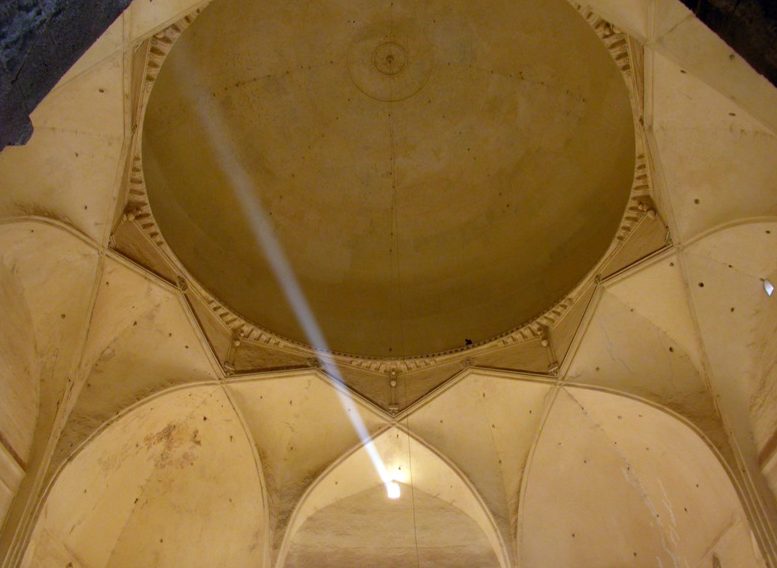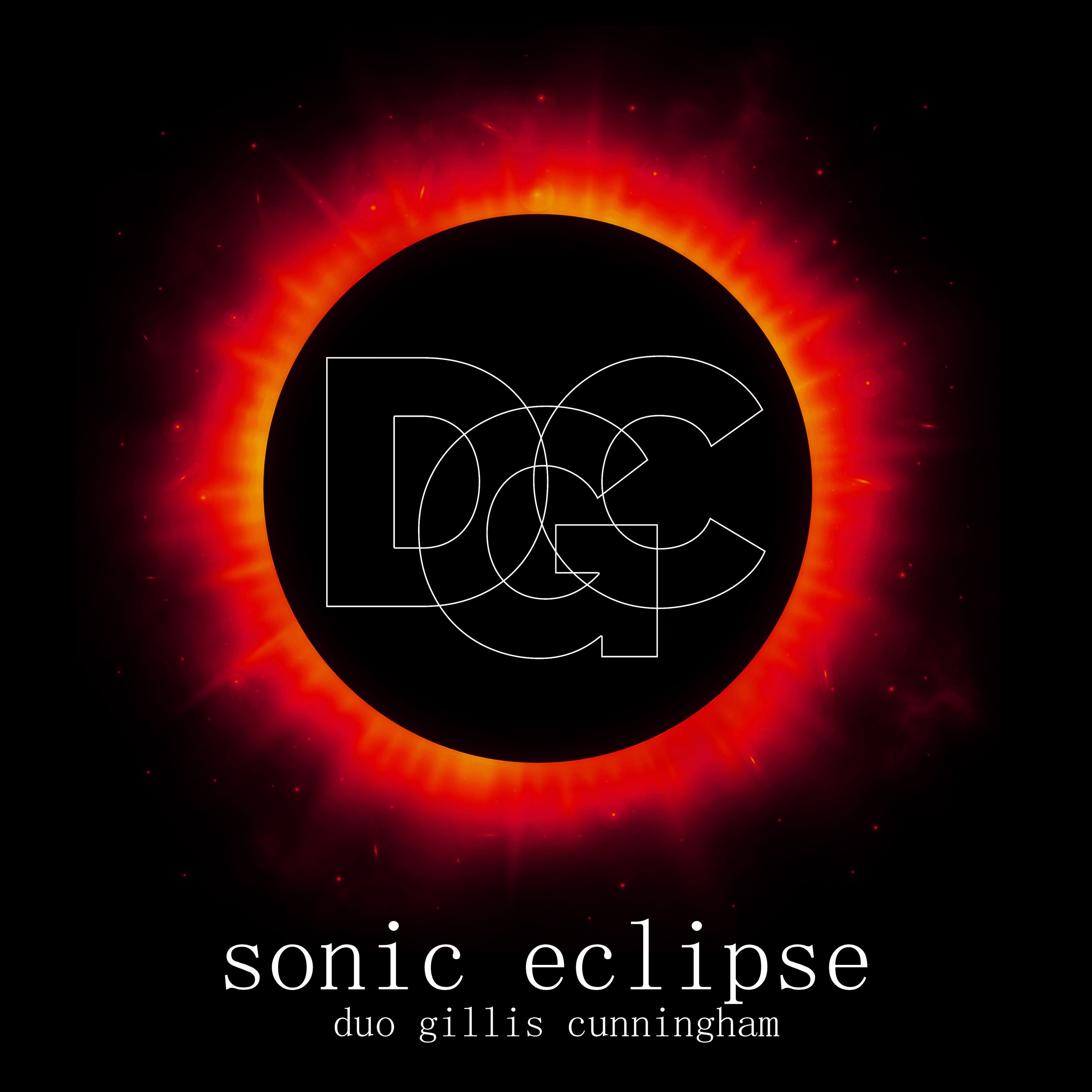
The Duo Gillis Cunningham (DGC), Glen Gillis (saxophone) and James E. Cunningham (didgeridoo), have experimentally pursued the boundaries of contemporary acoustic expression by bridging ancient and modern musical approaches.

Throughout their twenty-year compositional and performative collaboration, they have sought to blend the melodic and advanced modern techniques of the alto saxophone with the rich low timbres and driving rhythms of the ancient Australian Aboriginal didgeridoo. DGC’s approach relies on the acoustic separation between the high tessitura of the alto sax and the low frequencies and rich overtone spectrum of the didgeridoo. In performance, the disparate timbres and tonal ranges of the sax and didge are then blended together through the application of contemporary electro-acoustic digital processing technology. Their performances have been well-received in concert and conference settings throughout the United States and Canada, and internationally in Iceland, England, France, and Croatia.
Central to the DGC’s experimental approach is the application of advanced high-speed computer processing and the implementation of the digital convolution reverberation capabilities of Altiverb 7 ® software.

Convolution reverb is capable of recreating the natural reverberation of any physical space through the application of impulse response (IR) technology, which has the ability to capture and reproduce the acoustic signature from any ambient space. Their real-time use of IRs includes resonances captured for the Dan Harpole cistern in Washington State to the Gol Gumbas mausoleum in India and the Robin Hood Cave in Nottinghamshire, England. Covering a wide range of musical styles and approaches, all of the DGC’s compositions weave disparate acoustic and digital elements into a cohesive fabric, creating a sonic environment that transports listeners into alternative ambient universes.
Album Track Excerpts
Complete album available for download on Band Camp:
https://hootwisdom.bandcamp.com/album/sonic-eclipse
Fanfare (2016) 03’02” Fanfare is the DGC’s traditional opening piece. In performance it integrates a backing track from the Didgeri Dudes’ 1997 recording “Land of Snows” with alto saxophone, conch trumpet, and slide didge in Altiverb environments captured from India’s Gol Gumbaz mausoleum and Washington State’s Dan Harpole Water Cistern with its forty-five-second natural reverberation signature.
Fanfare (excerpt)
Canis Lupi (2018) 3’29” is a programmatic composition, which portrays the plight of two grey wolves separated by a severe arctic blizzard. Throughout the piece they blindly communicate back and forth, coming ever-steadily closer together until eventually finding each other. In addition to alto saxophone this piece incorporates a James E Cunningham hand-carved maple didgeridoo in Eb. The freezing and blustery arctic environment is produced through the combination of the Fort Worden cistern and Hal Saflieni mosque impulse-response technology.
Canis Lupi (excerpt)
Walkabout (2018) 3’29” is offered as a tribute to the Australian Aboriginal originators of the didgeridoo. In Aboriginal culture a ‘walkabout’ is a journey (long or short) where one embarks on an unplanned walk just to see where they may end up. Internationally debuted at the STRATA New Music Festival in Saskatoon, Saskatchewan, Canada, Walkabout “journeys” through three different meters 5/4, 6/8, and 2/4 as it gathers momentum from beginning to end. In addition to alto sax and Eb sewerphone, this recording features a guest performance by world-class drummer/percussionist Satnam Ramgotra performing on the Hindustani tabla and African shakers. For this composition, all instruments are processed through an IR captured from Selimiye, an Ottoman Imperial Mosque from Edirne, Turkey.
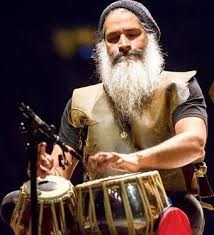
Mr. Hood (2017) 4’11”. Mr. Hood, a DGC tune that was rearranged for sax and didge from the Glen Gillis compositions “Nicole’s Gigue,” and Nicole’s Aria.” It was premiered at the British Forum for Ethnomusicology Annual Conference in Sheffield, England in honor of Robin Hood, who was rumored to utilize a nearby Neolithic cave as a hideout. This recording also incorporates an impulse response from the Robin Hood Cave at Creswell Crags Gorge in Nottinghamshire, England.
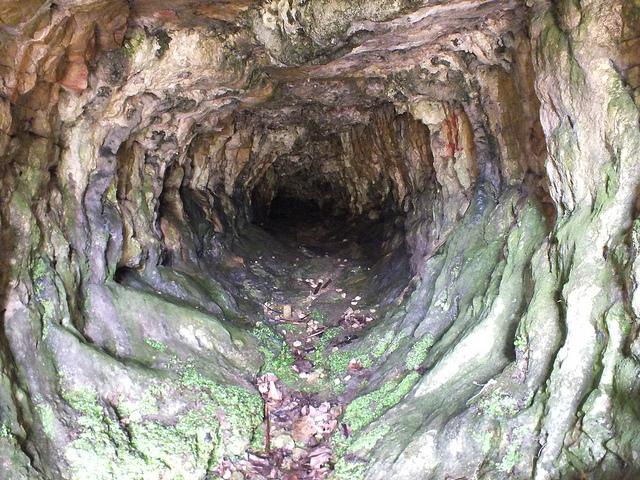
Abyss (2019) 14’06” is a new composition inspired by James Cameron’s recent submersible solo dive to the seven-mile depths of the Marianas Trench, chronicled in his 3D film Deepsea Challenge. In this ethereal composition, the alto saxophone and double Bb and Eb sewerphone highlights the transition from the abysmal plain into the bottom of the trench with a dramatic low key change and sub-harmonics enhanced with the Gol Gumbaz IR software.
Bleu Genes (2018) 2’30” is a lively “jazz” piece for alto saxophone and a double Eb and Gb sewerphone. Its swing groove is propelled by Florida Atlantic University percussion instructor Matt Nichols’ tasteful invention of an old-school “drum set” made from found materials such as a large plastic trash can and tin bucket substituting as kick drum and snare respectively.
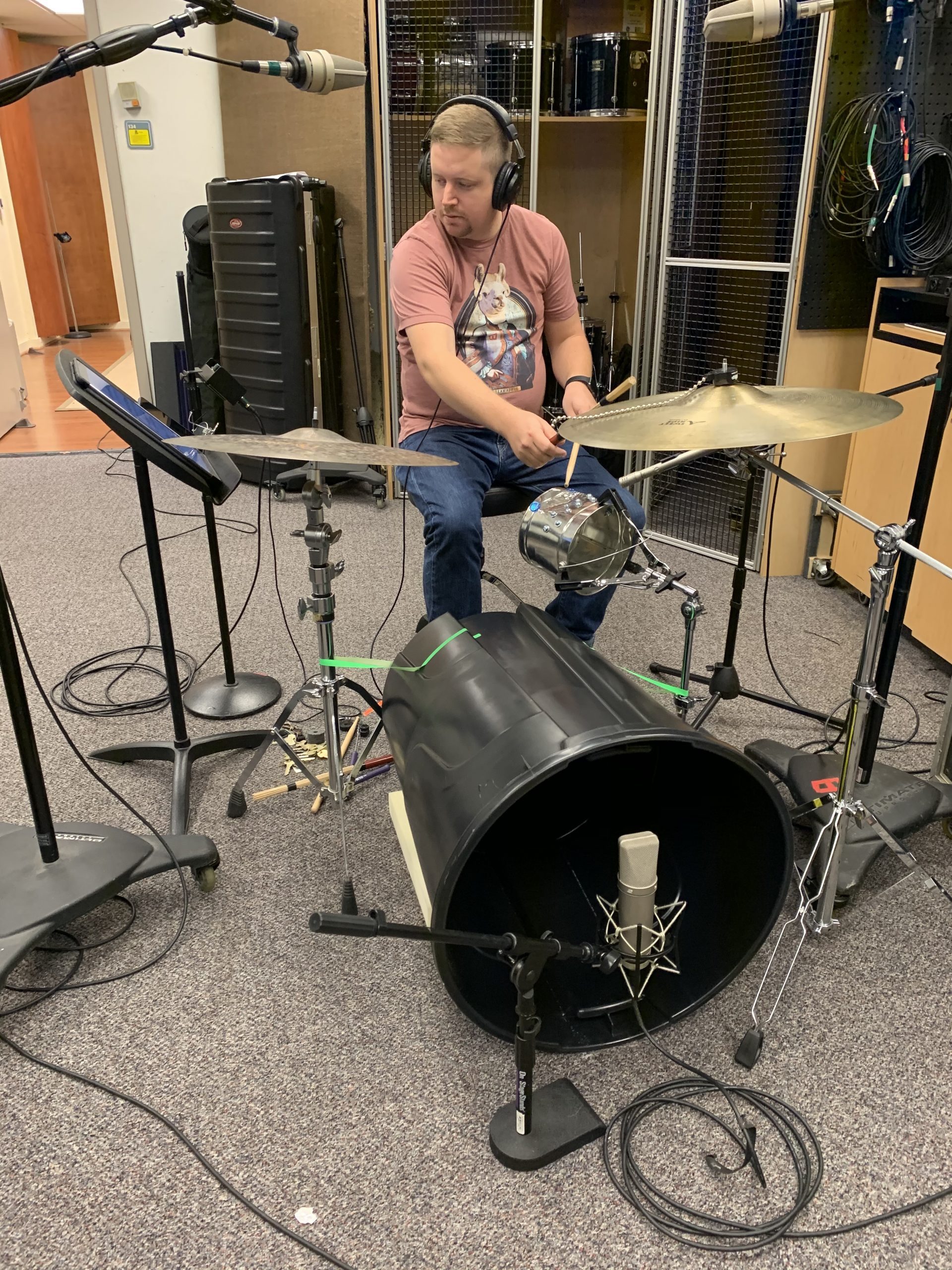
Total Eclipse (of the sun) (2018) 8’25”. Total Eclipse was inspired by the 2017 total eclipse that transected the United States. The sun is represented by the melodic passages of the alto saxophone, and the the moon’s obscuration of the sun is represented by the steadily-descending pitch of the Arnold Palmer slide didge. The appearance of the sun’s corona during moments of the total eclipse is marked by the reverberating echoes of a large Balinese tuned-gong in Eb, and an extended saxophone cadenza. Its “outer space vibe” is enhanced by the long echoing reverberation from the Gol Gumbaz mausoleum.
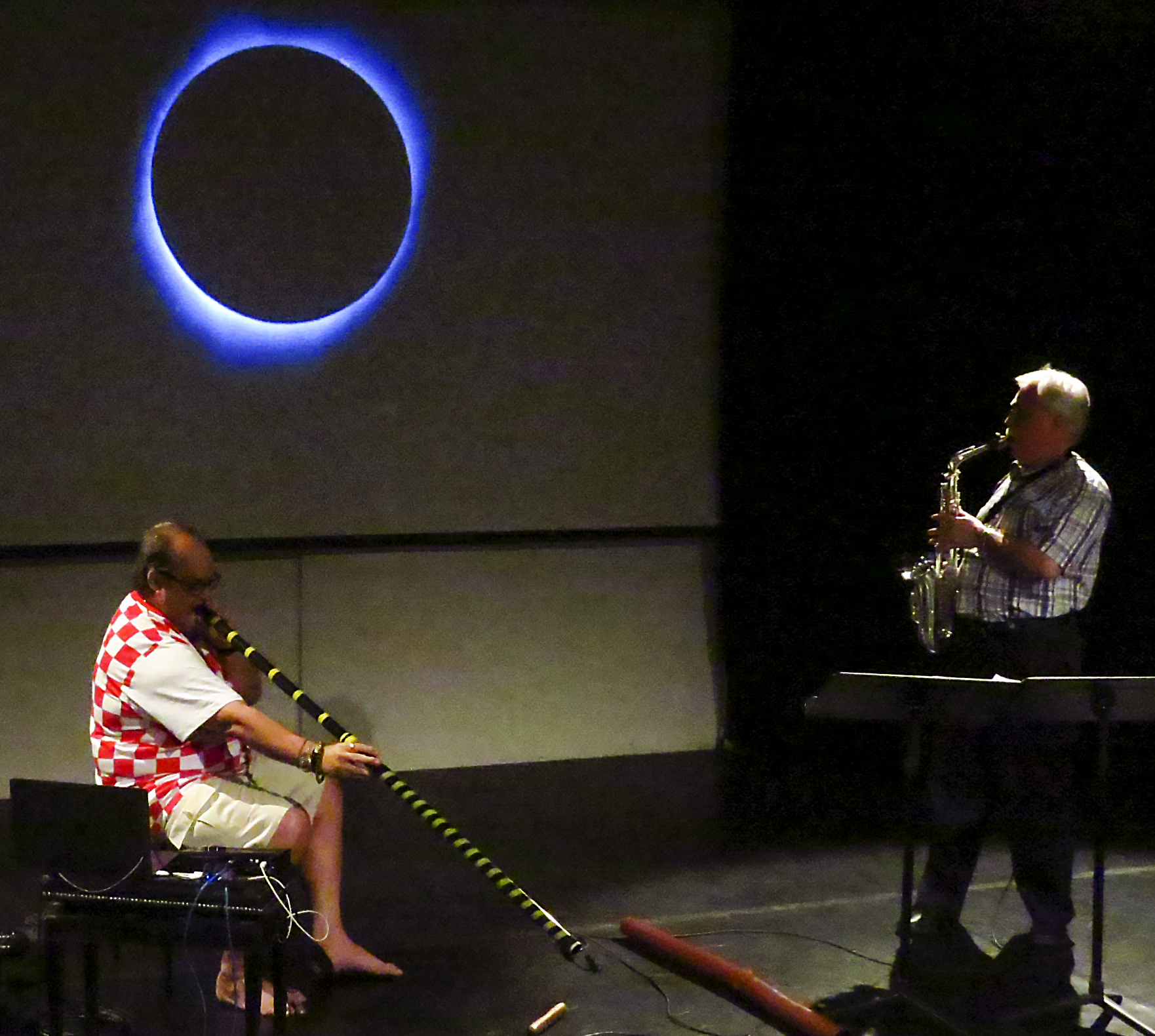
Whales in a Mechanical Ocean (2019) 5’41”. Originally composed for the 2018 STRATA New Music Festival, “Whales in a Mechanical Ocean” is an original album contribution by DGC producer/recording engineer Matt Baltrucki. The “mechanical ocean” is based on hundreds of digitally processed sound samples collected from the David L Kaplan Musical Instrument Collection at the University of Saskatchewan. The “oceanic sonic environment” is overlaid with “whale songs” created by Glen Gillis alto saxophone and the ubiquitous wailphone invented by James E Cunningham. All sonic environments are processed and realized through an IR of the Saflieni Mosque in Edirne, Turkey.

Canon for Marjory Stoneman-Douglas High School (2019) 4’02” is a musical offering to all of those who were impacted by the mass shooting in Parkland, Florida in 2018. It is a polyphonic adaptation of a Shaker-style song composed by Drs. Gillis and Cunningham in 2016. Instrumentally it utilizes alto saxophone accompanied by the “big didge” an eight-foot-long conical PVC didgeridoo in Bb, which overblows at the octave. For this final composition, we rely once again on an IR from the Dan Harpole Cistern with its lengthy and distinctive reverberation signature.
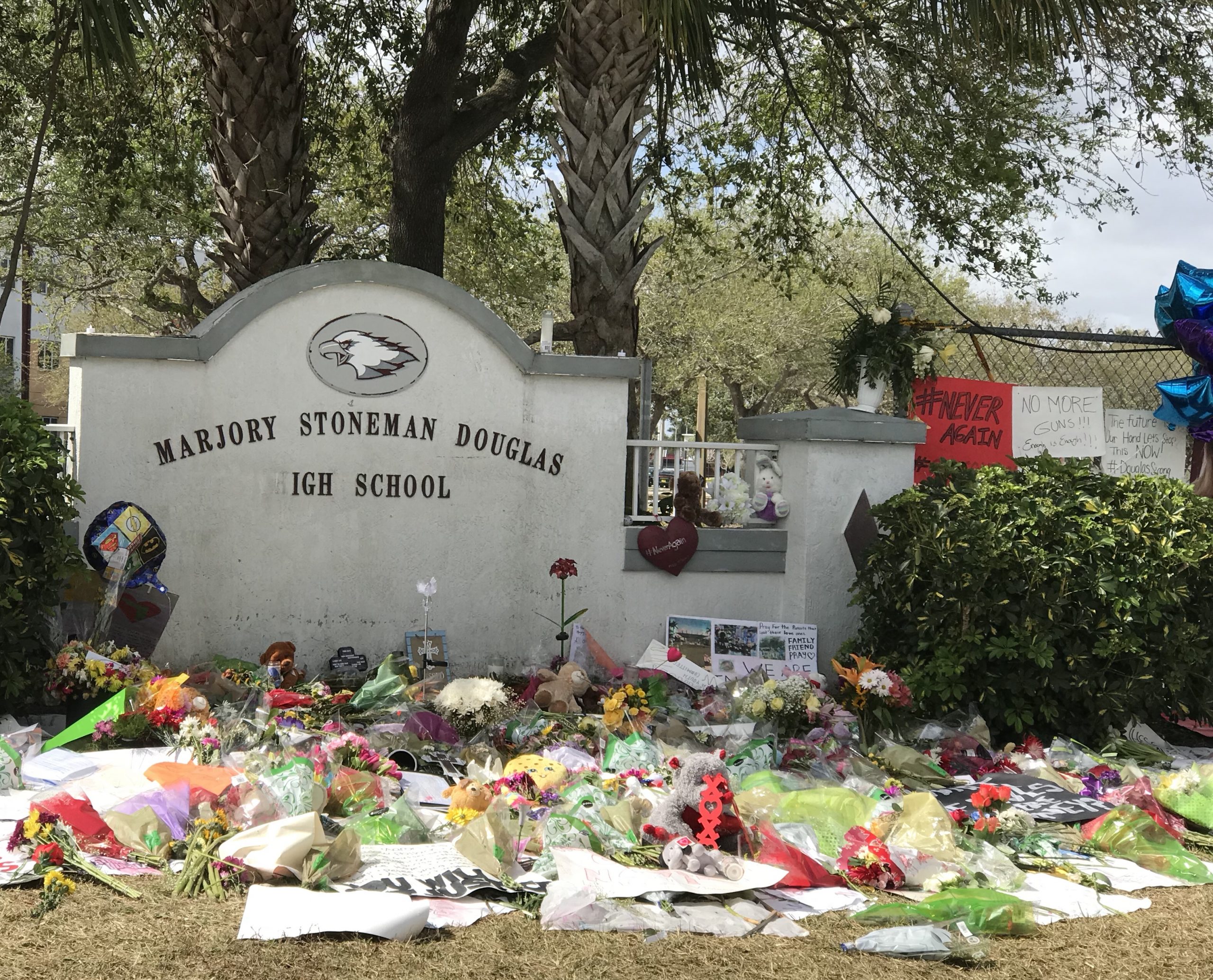
Artist Bios
James E. Cunningham is an Associate Professor in the Department of Music at Florida Atlantic University, in Boca Raton. As an ethnomusicologist, he has explored the gamut of world and popular musics from both cultural and performative perspectives. In addition to his extensive work with the music of Native North America and organology, Dr. Cunningham is a composer and performer of experimental music for the Australian Aboriginal didgeridoo based on his nine-year study with avant guarde trombonist Stuart Dempster at the University of Washington. As a co-founder of the Didgeri Dudes he produced and released two albums of didgeridoo duets, Jamie and Brian ©1994 and Under the Earth Tones: Ambient Didgeridoo Meditations ©1997. Additionally, he has contributed compositions to Glen Gillis’ albums Sax Spectrum 1 and Sax Spectrum 2. In 2007 © he produced and released didgeridoo.diversions a solo album of original compositions for Hoot/Wisdom Recordings LLC.
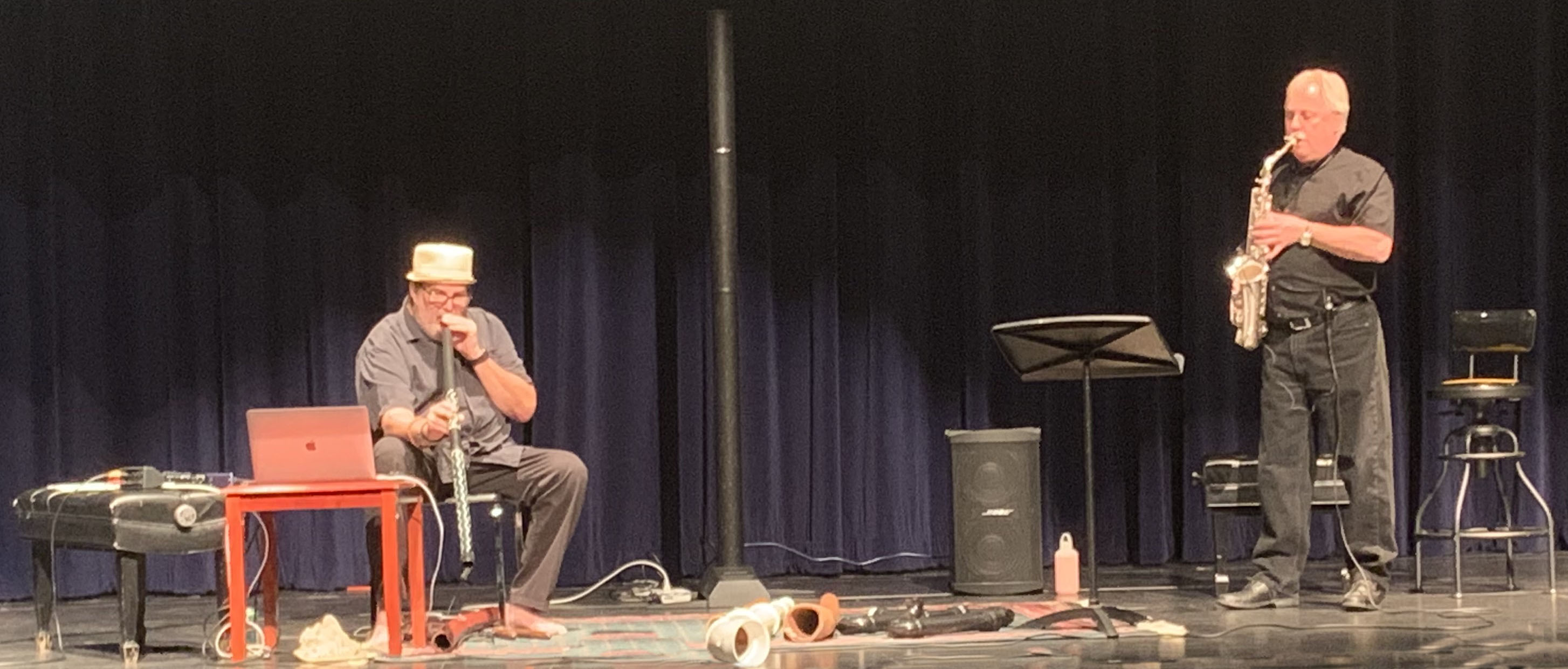
Glen Gillis is a Professor of Saxophone, Conducting, and Music Education at the University of Saskatchewan. As a graduate student at Northwestern University, he studied under the mentorship of the noted Fred Hemke. His performance career has spanned over three decades in the genres of classical, contemporary, and jazz, with appearances in North American, Europe, and Asia. A Conn-Selmer Artist/Clinician, Dr. Gillis has also presented at the CBDNA, WASBE, TMEA, British Forum for Ethnomusicology, and The Midwest Clinic. As a composer/recording artist he has released numerous compositions and commissioned works for saxophone on the albums SaxSpectrum 1 ©2009 and SaxSpectrum 2 ©2014, which was nominated for a 2015 Western Canadian Music Award. His compositions for saxophone are published by Eighth Note (Alfred Music).
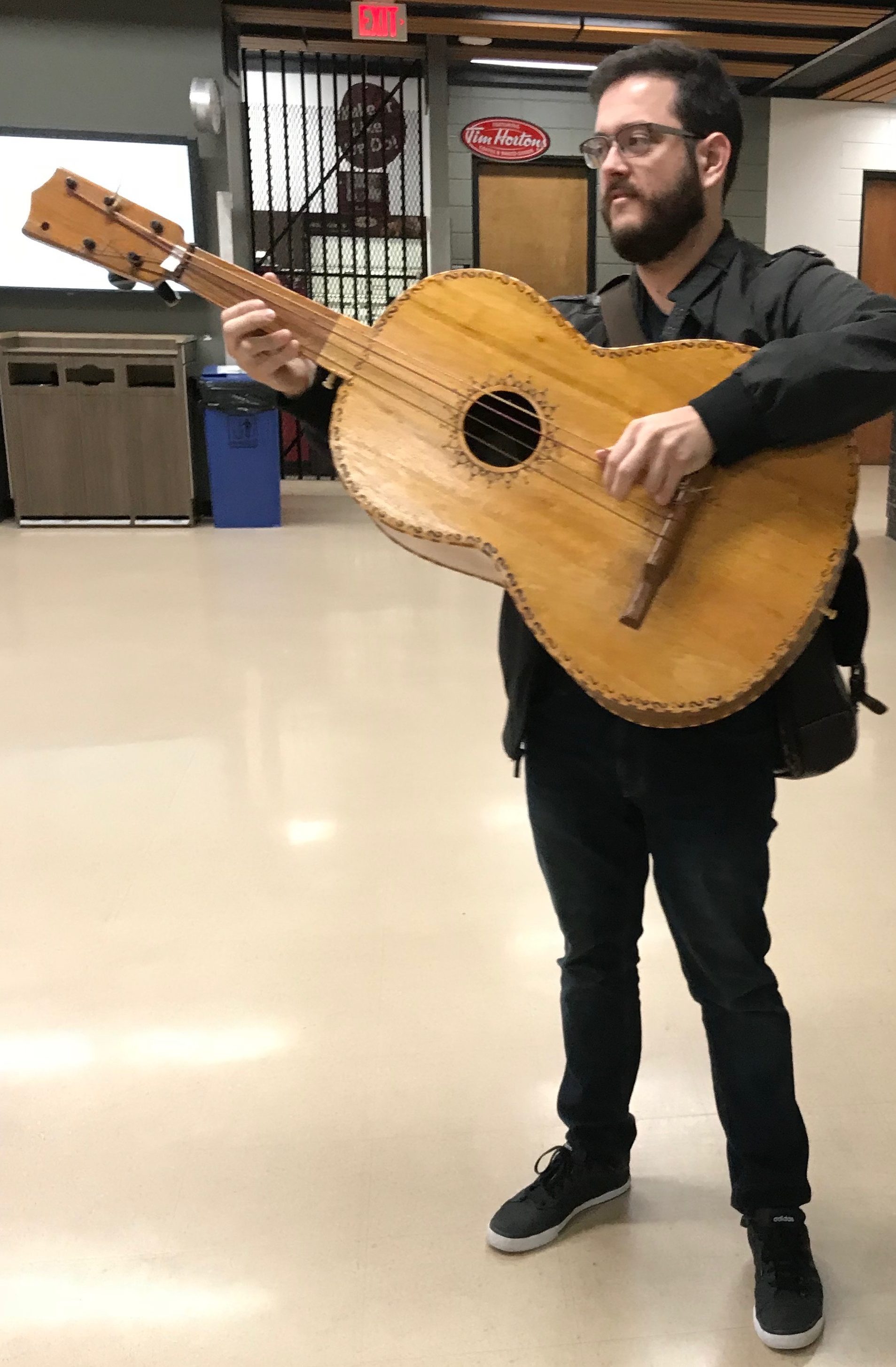
Matt Baltrucki is an Assistant Professor in the FAU Department of Music’s Commercial Music Program. As a producer, recording, mixing and mastering engineer, Matt has worked with ensembles across many diverse styles of music, from traditional and modern classical chamber music to contemporary tango, jazz, punk, metal, indie rock, as well as world and popular music genres. Matt’s sonic approach focuses on collaborative acoustic and electro-acoustic music production techniques, disciplines and workflows utilizing the recorded medium as an active participant in the generation and realization of compositions of new music. His collaborative association with DGC for this project has been integral to the overall concept, production, and final realization of the album. Additionally, his original composition “Whales in a Mechanical Ocean” combines live recordings with music samples collected from instruments in the David L Kapan Musical Instrument Collection at the University of Saskatchewan in connection with an ICCC (Interdisciplinary Centre for Culture and Creativity) grant.
Instrumentation
The alto saxophone, representing the zenith of nineteenth-century European mechanical design and engineering, is a mid-single-reed instrument invented circa 1840 by Adolphe Sax, a Belgian instrument maker and musician. Contemporarily, the alto saxophone is played in jazz, popular, and classical traditions. In the modern era its performance profile has been expanded to include special effects such as multi-phonics, micro-tones, and alternative fingerings and articulations.
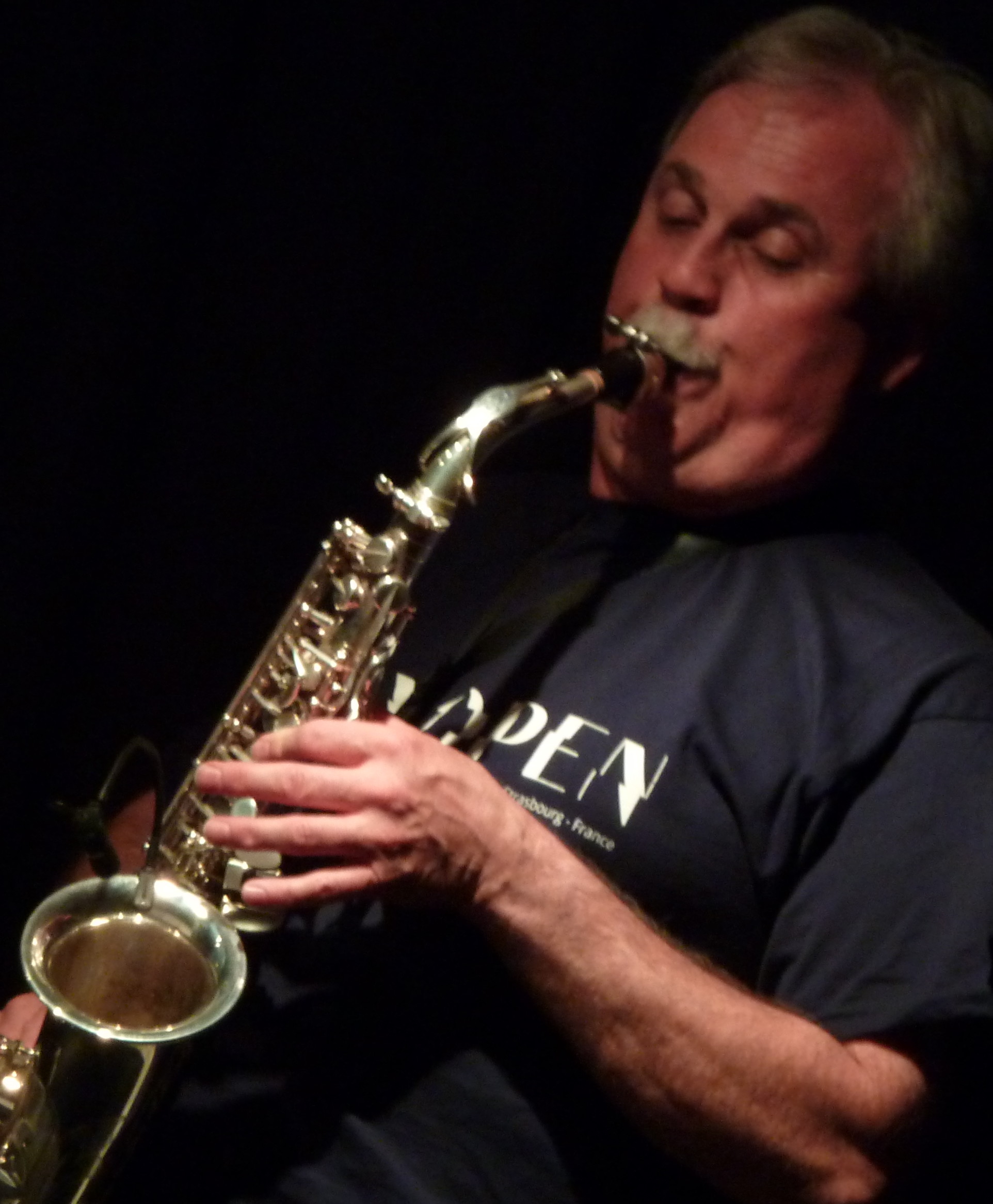
Conversely, the Australian Aboriginal didgeridoo is an ancient instrument which has been traditionally played as an accompaniment for song and dance. It is a simple long wooden tube without finger holes that is made from gum (eucalyptus) trees that are hollowed in nature by large white ants often characterized as “termites.” Its fundamental low pitch is produced by the pursing of the players lips in the same manner as a trombone. However, belying its simple construction, the playing techniques of the didgeridoo, developed for more than one-thousand years by the Aboriginal peoples of Northern Australia, give the instrument the ability to produce a wide range of timbral effects and “percussive” rhythms.
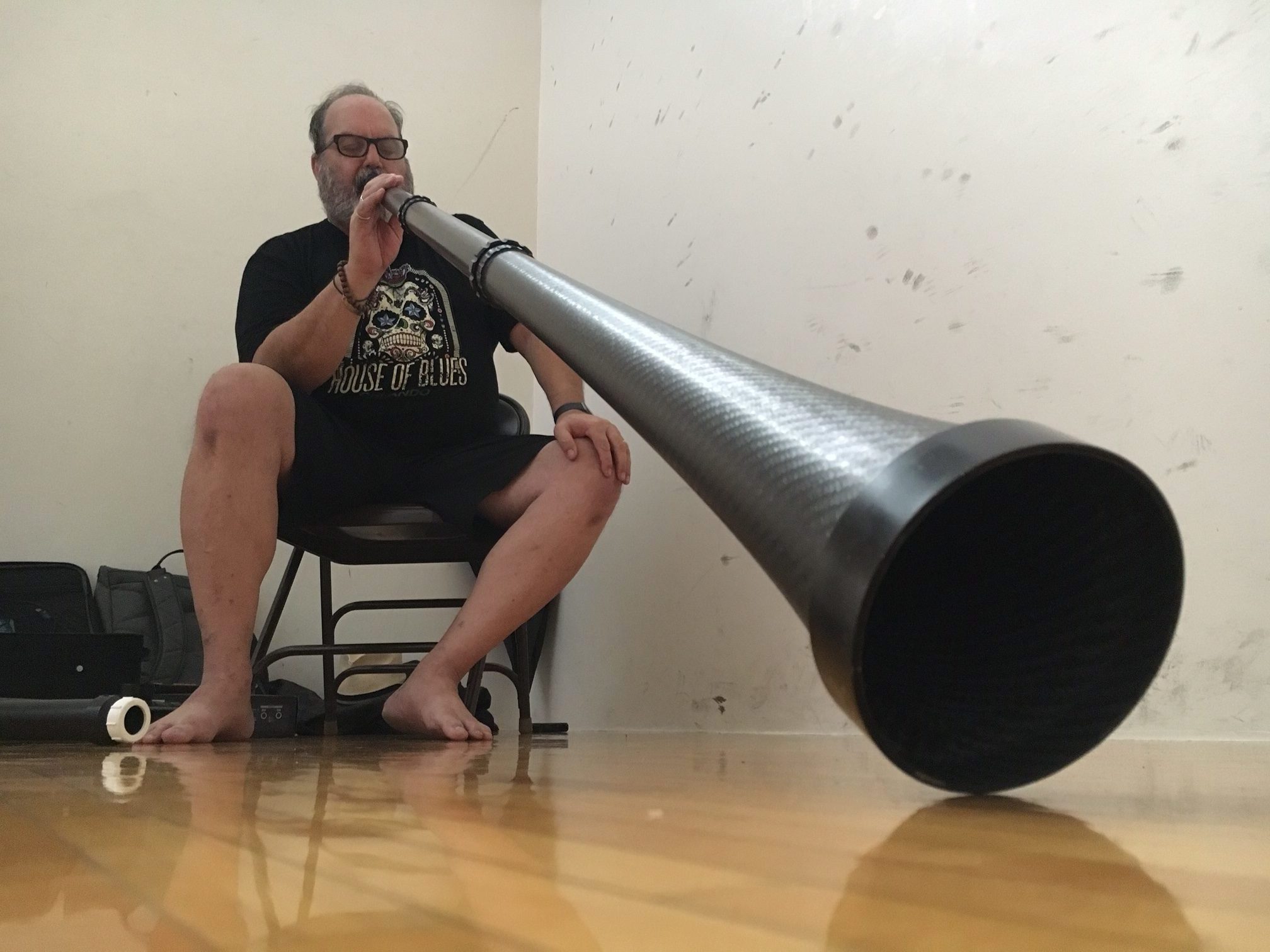
The use of the Aboriginal didgeridoo is expanded by James Cunningham in a contemporary manner through the crafting of handmade didgeridoos constructed from a variety of materials. In addition to hand-carved didgeridoos constructed from wood indigenous to North America, Dr. C has invented contemporary instruments such as the sewerphone, the Arnold Palmer slide didge, and the ubiquitous wailphone, all constructed from ABS and PVC plastics.
The sewerphone (no offense intended) is a didgeridoo fabricated from one-and-one-half-inch ABS sewer pipe in the shape of a saxophone. Unlike Aboriginal didgeridoos, sewerphones can be tuned to a precise pitch in order to play with Western instrumentation. The “double sewerphone,” an offshoot of the original model has the ability to sound two fundamental pitches instead of the one produced by a standard didgeridoo.
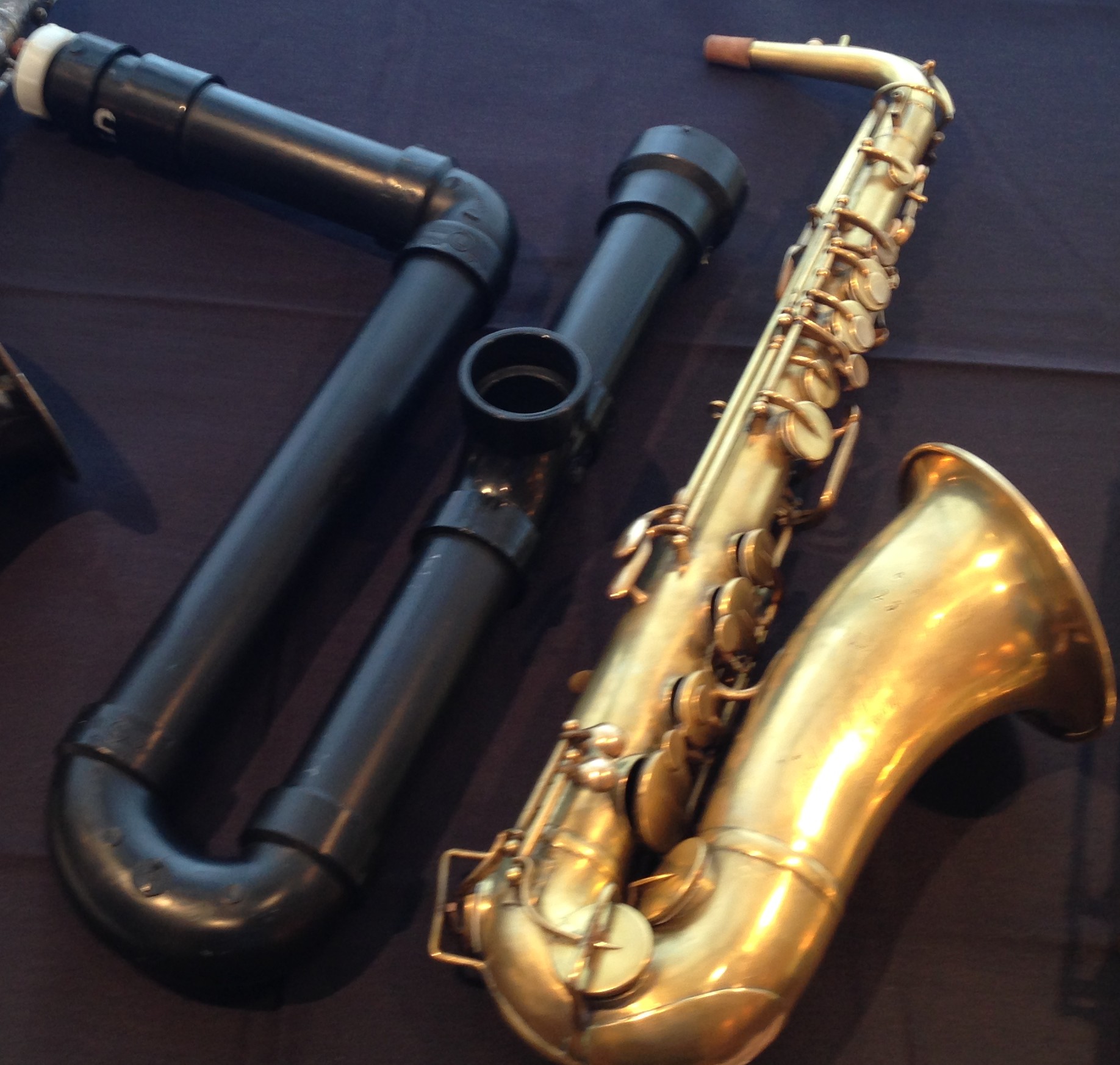
The Arnold Palmer slide didge is an instrument that is repurposed from plastic tubes originally designed to separate club grips from each other in a golf bag. The AP slide didge is constructed from two one-inch-diameter three-foot-long tubes, one fitted inside the other, which allows it to be expanded and contracted in order to produce a broad range of gliding pitches not unlike a slide trombone. Although the golf tube availability has decreased significantly with the introduction of new golf bag designs, the golf tube remains a staple for beginning students and a staple of Dr C’s didgeridoo quiver.
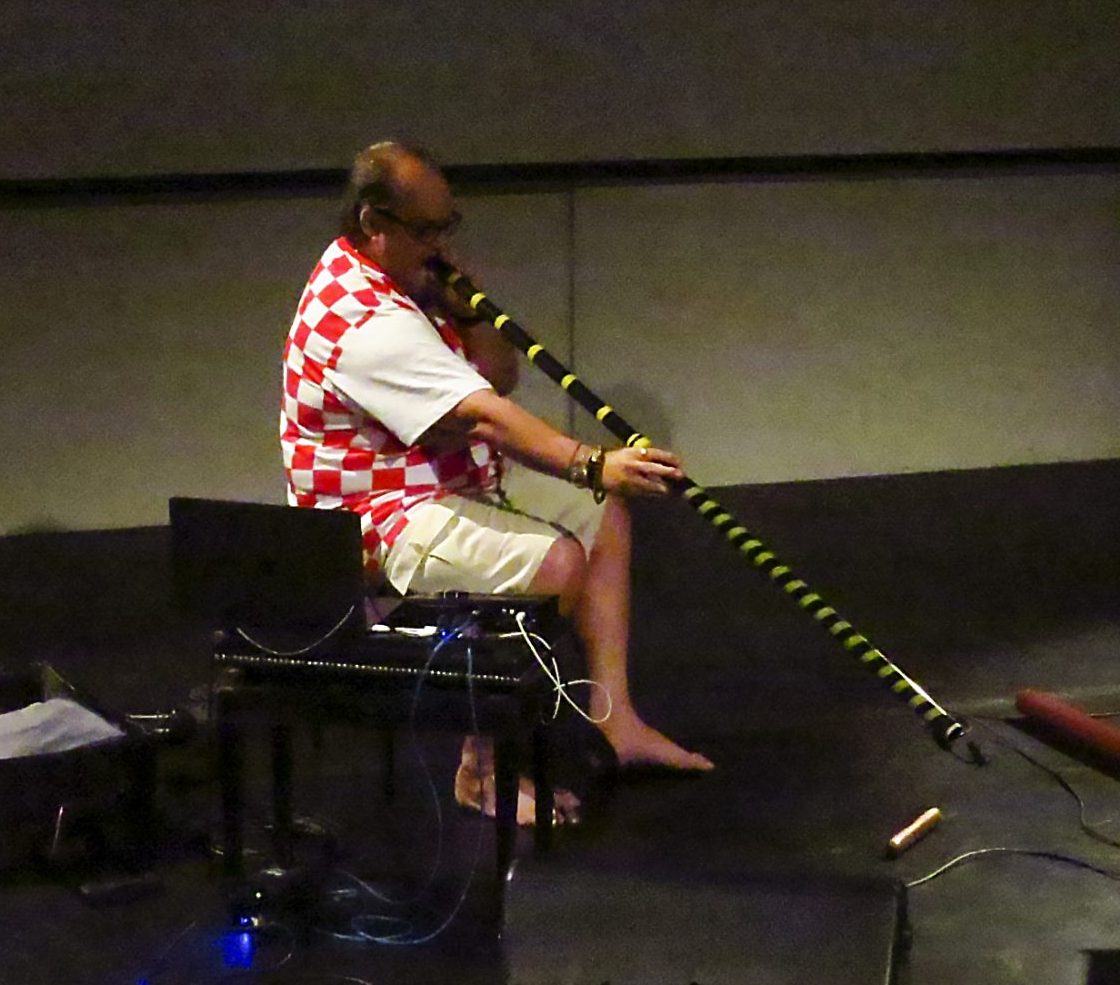
The wailphone is another “invented” instrument constructed from an Arnold Palmer slide didge with an attached Primos “blue reed” elk-call mouthpiece ®. The wailphone with its flexible plastic reed and ability to be lengthened and shortened can produce a range of extremely high pitches with glides and portamento effects that sound eerily similar to the vocalizations of real whales.
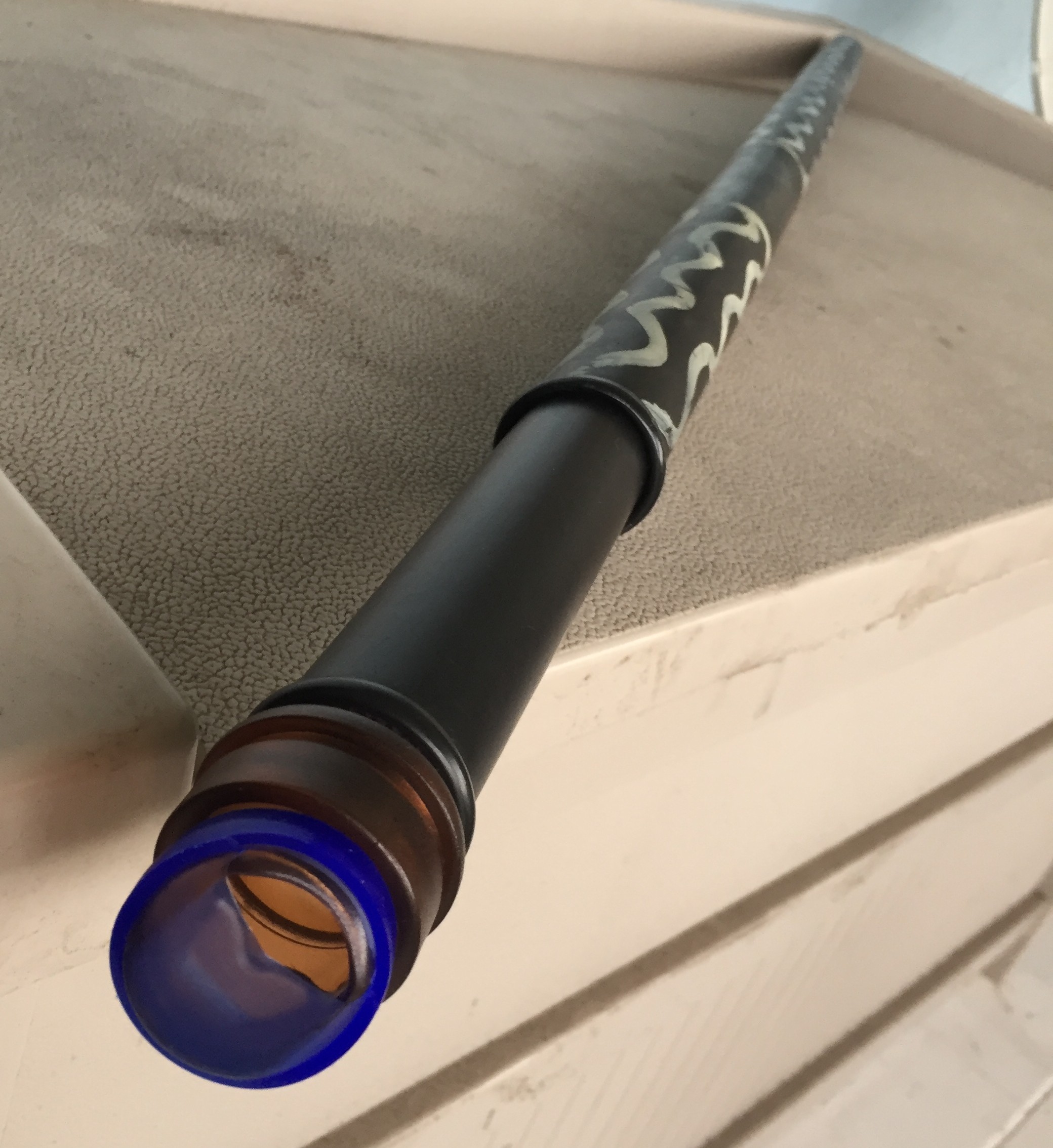
The conch trumpet is another staple instrument for DGC compositions. Dr. C’s conch trumpets are self-made from shells of the Caribbean pink conch. By cutting a mouthpiece opening in the small-end spiral of the shell, it can produce a voluminous sound by pursing the lips in the same manner as a trumpet. The pitch of the instrument is determined by the size of the shell, which can be lowered to the interval of a fourth through the insertion of the player’s hand into the large bell opening.
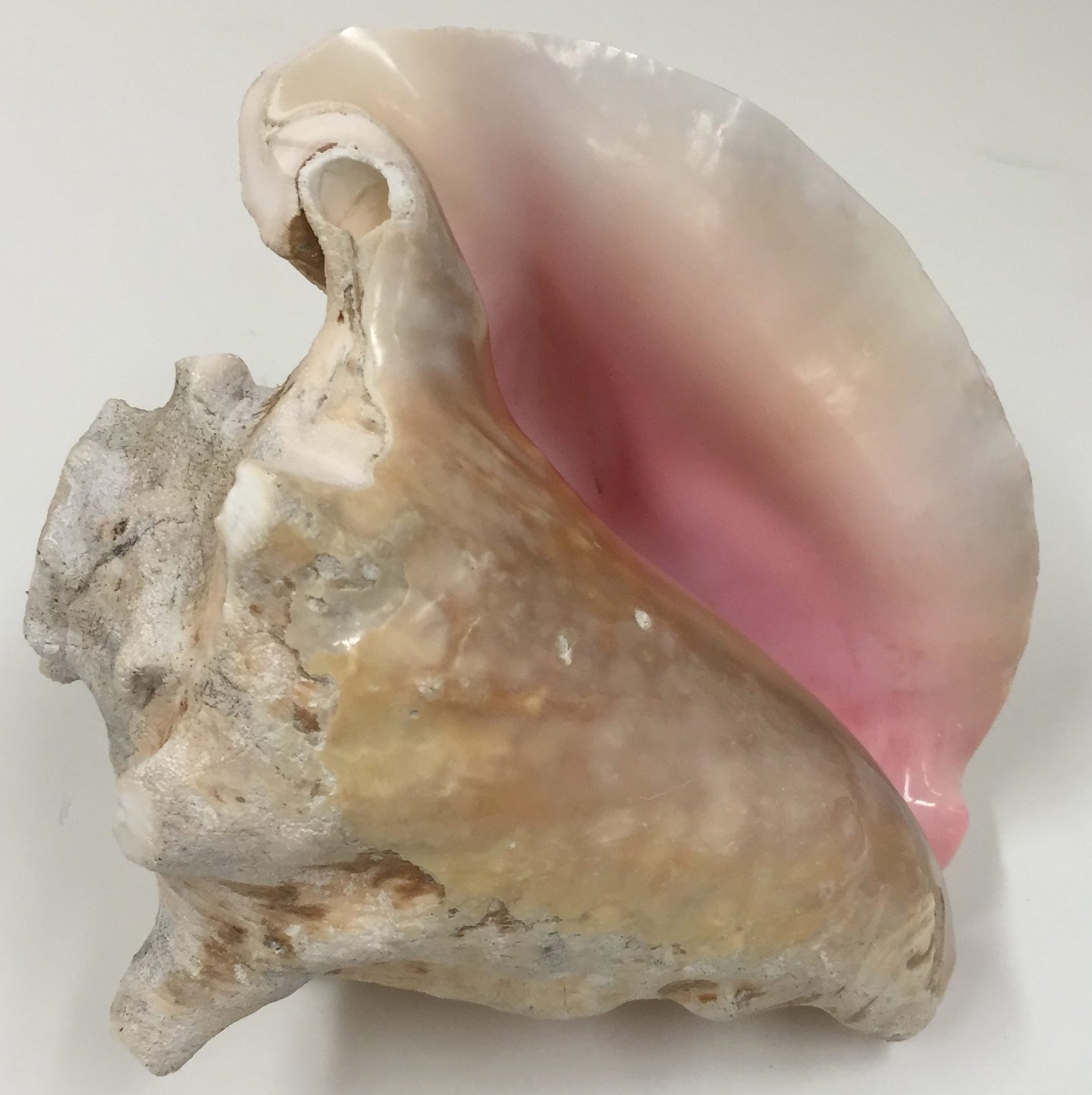
Credits
All songs (except #8) composed by Duo Gillis Cunningham (DGC) aka James E Cunningham b.1954, and Glen H Gillis b. 1956.
Whales in a Mechanical Ocean, composed by Matthew M. Baltrucki b. 1986, feat. Duo Gillis Cunningham
Samples recorded from the David L. Kaplan Musical Instrument Collection at the University of Saskatchewan Department of Music.
Glen Gillis: alto saxophone
James E Cunningham: didgeridoos, conch trumpet, wailphone, and select idiophones
Satnam Ramgotra: tabla, African shakers
Matt Nichols: found materials drum kit
Produced by Matt Baltrucki and James E Cunningham
Engineering, mixing, mastering, post-production by Matt Baltrucki
Assistant engineering by Zach Binder
Album artwork by Kelley Cunningham
Recorded at Studio A, Florida Atlantic University
Hoot/Wisdom Recordings LLC 2019© all rights reserved



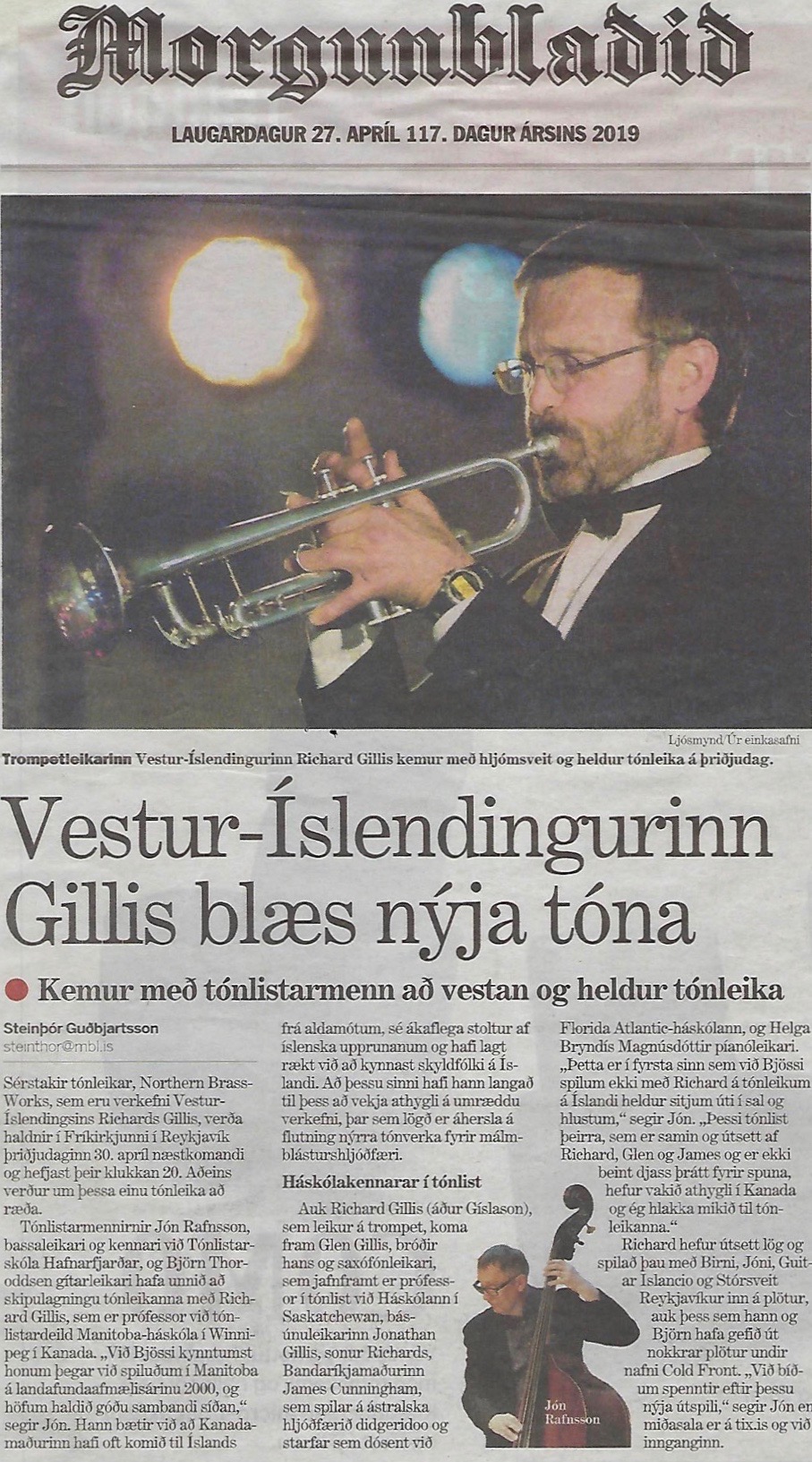




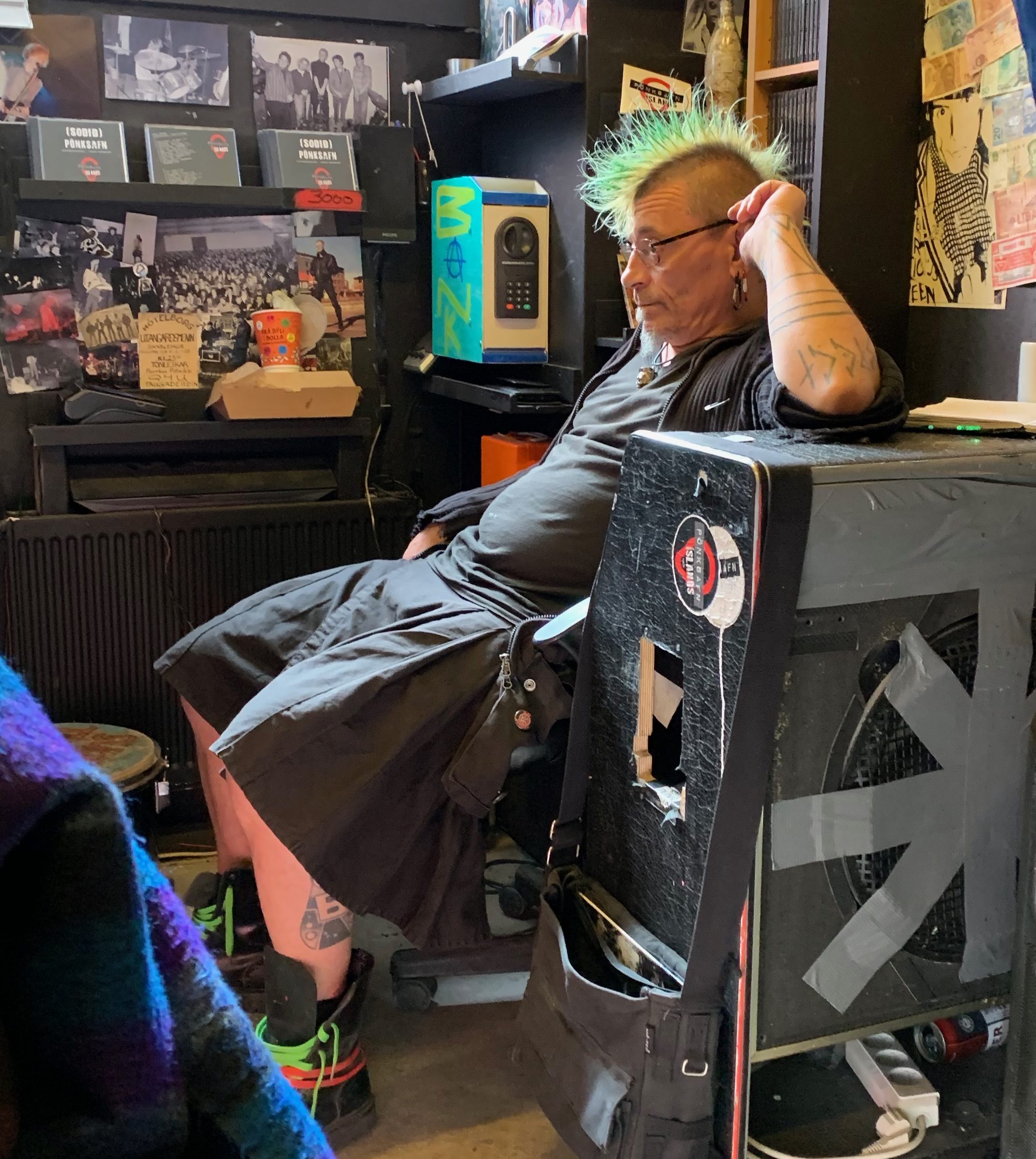
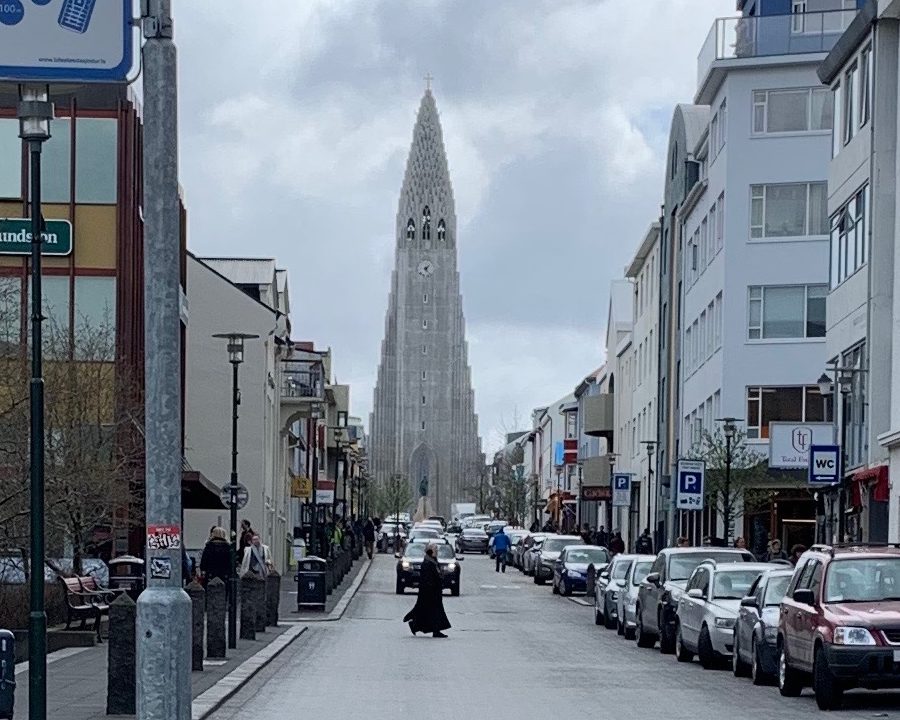
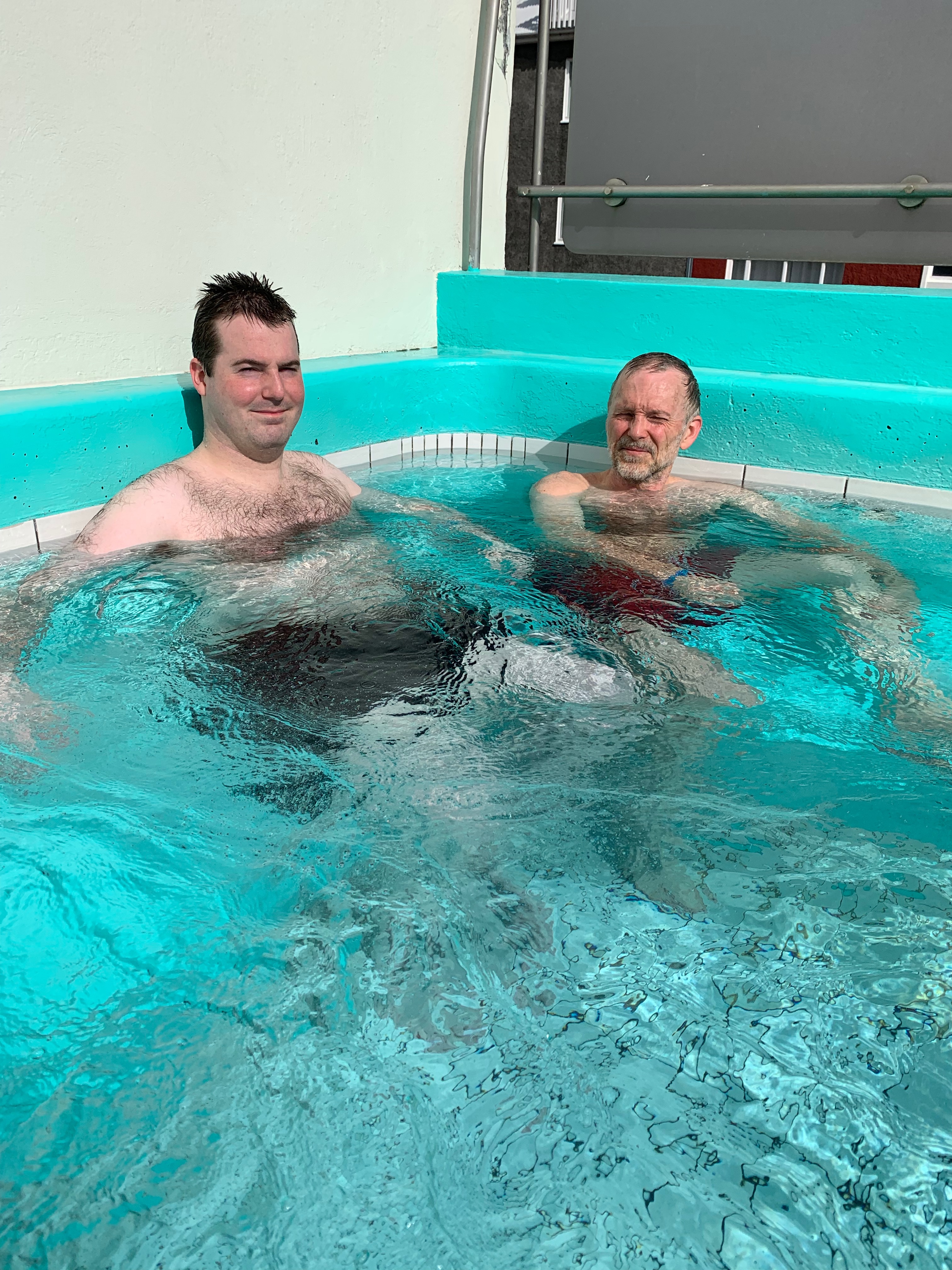

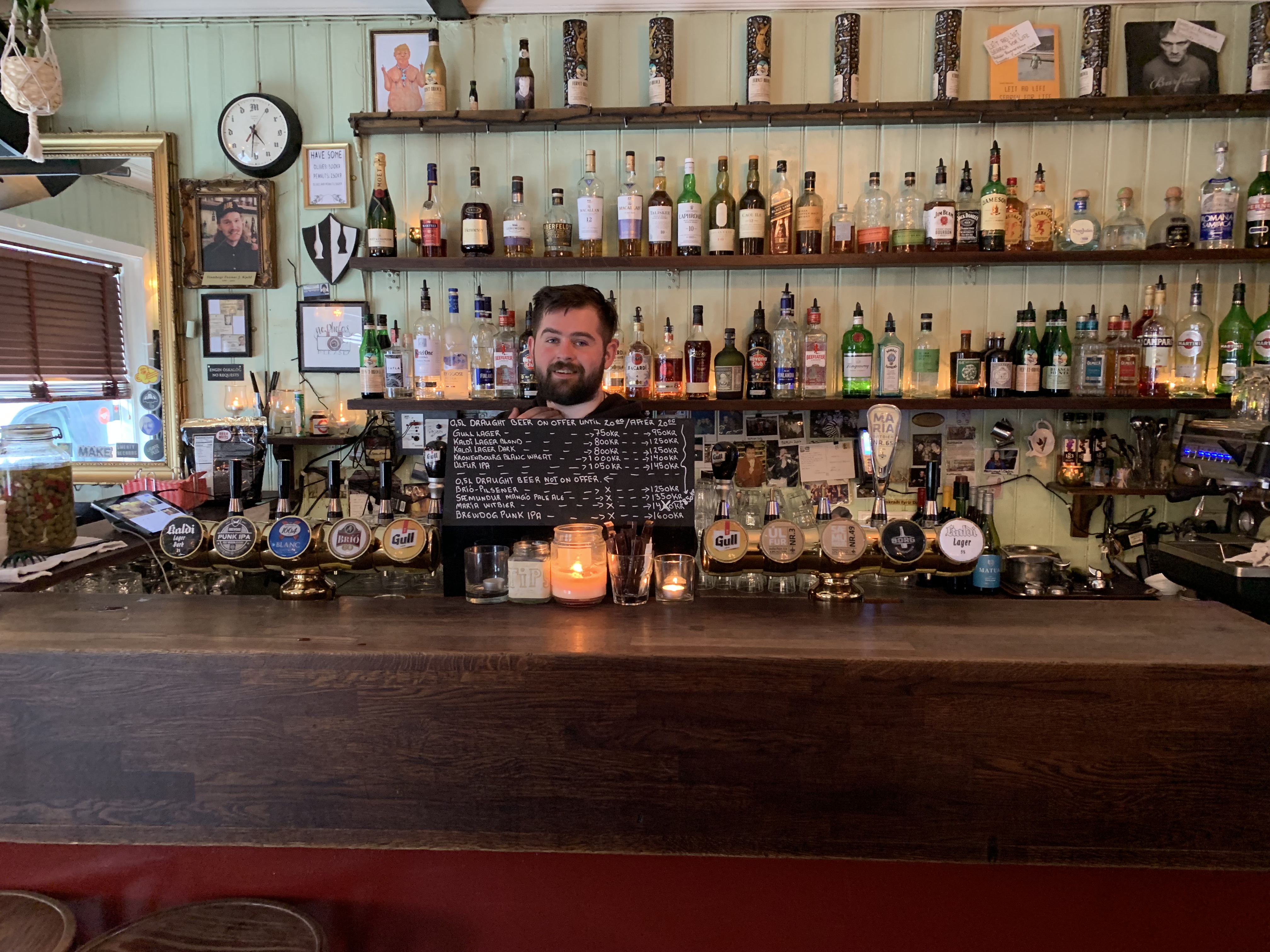
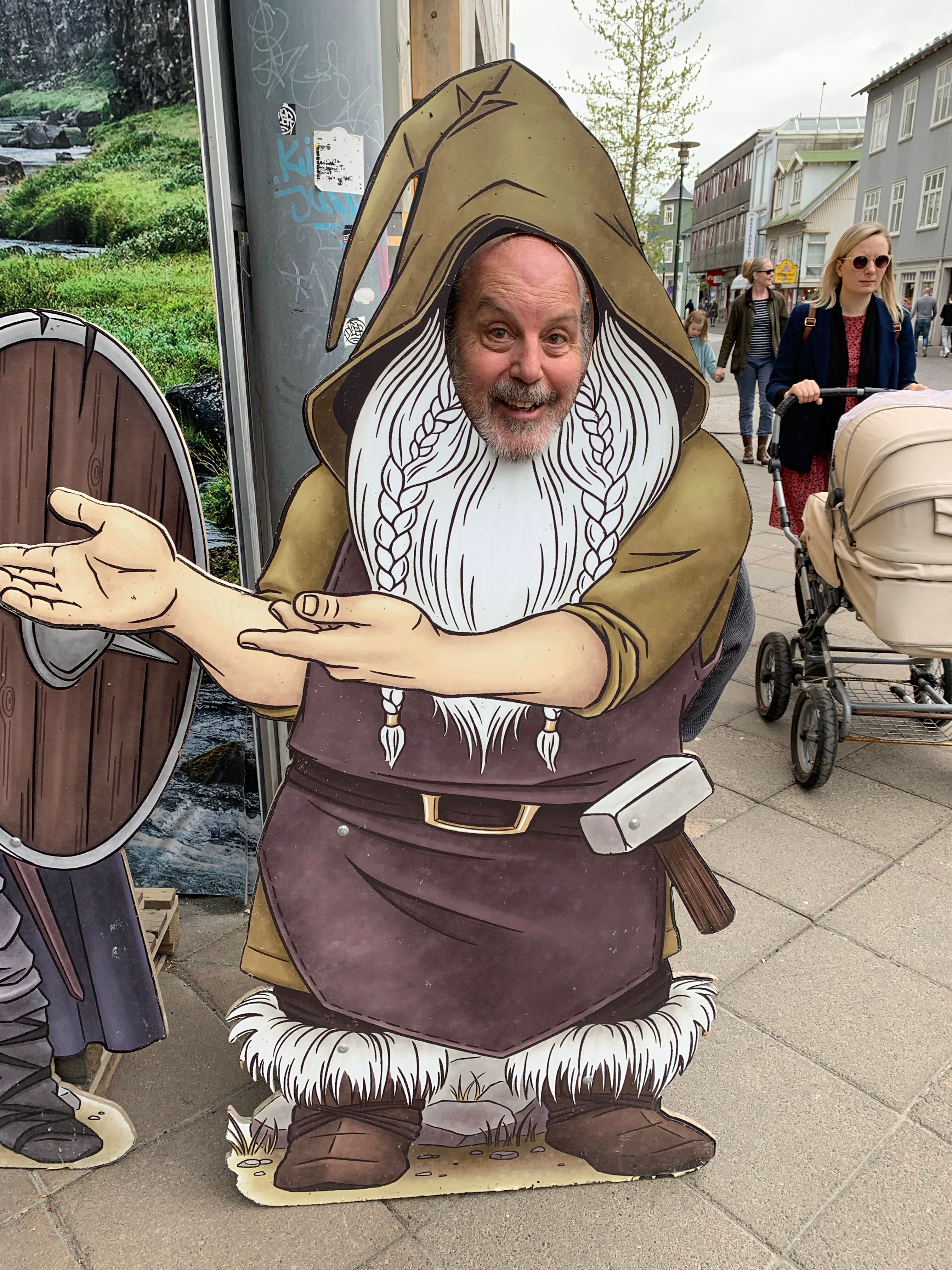

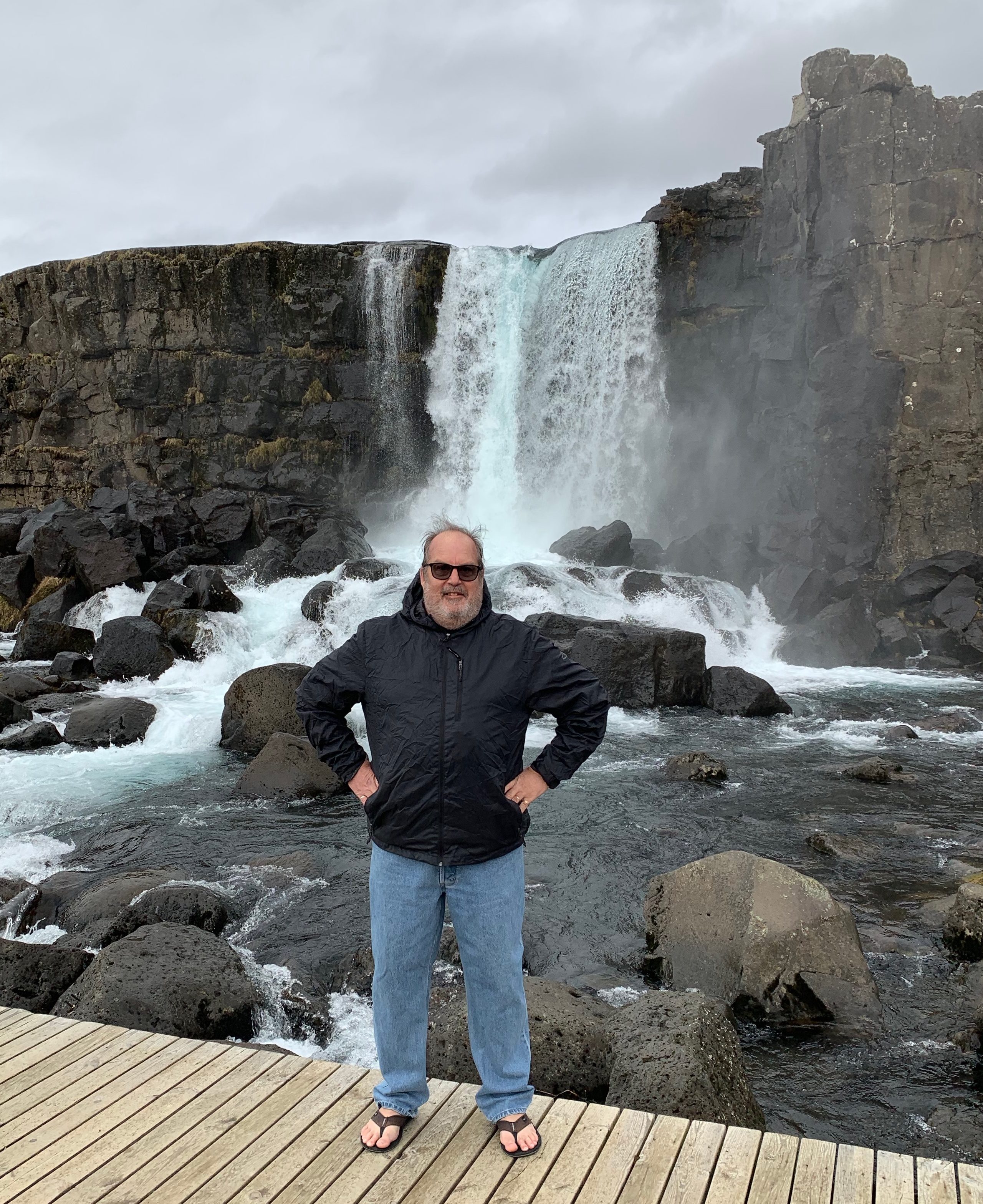

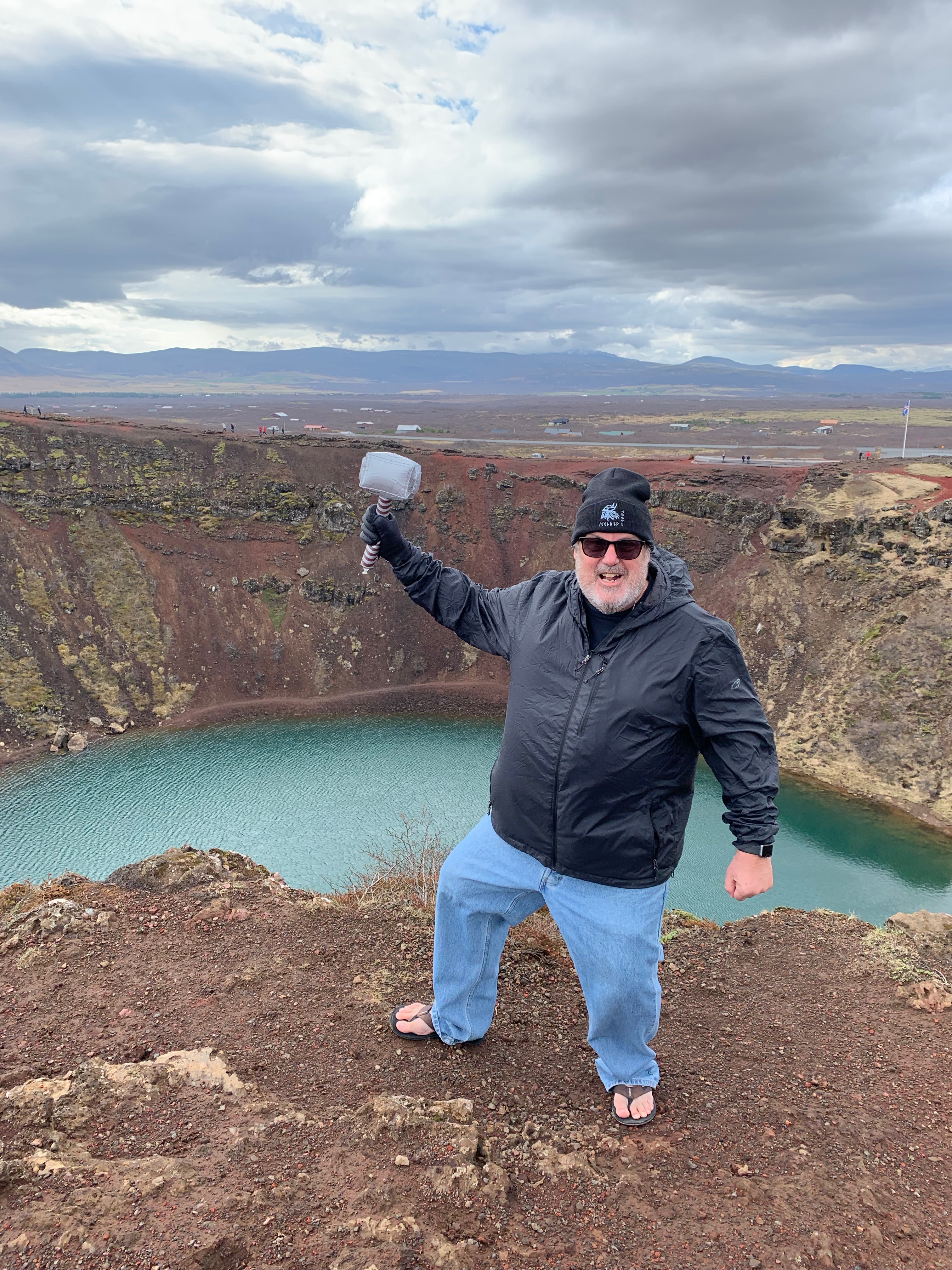
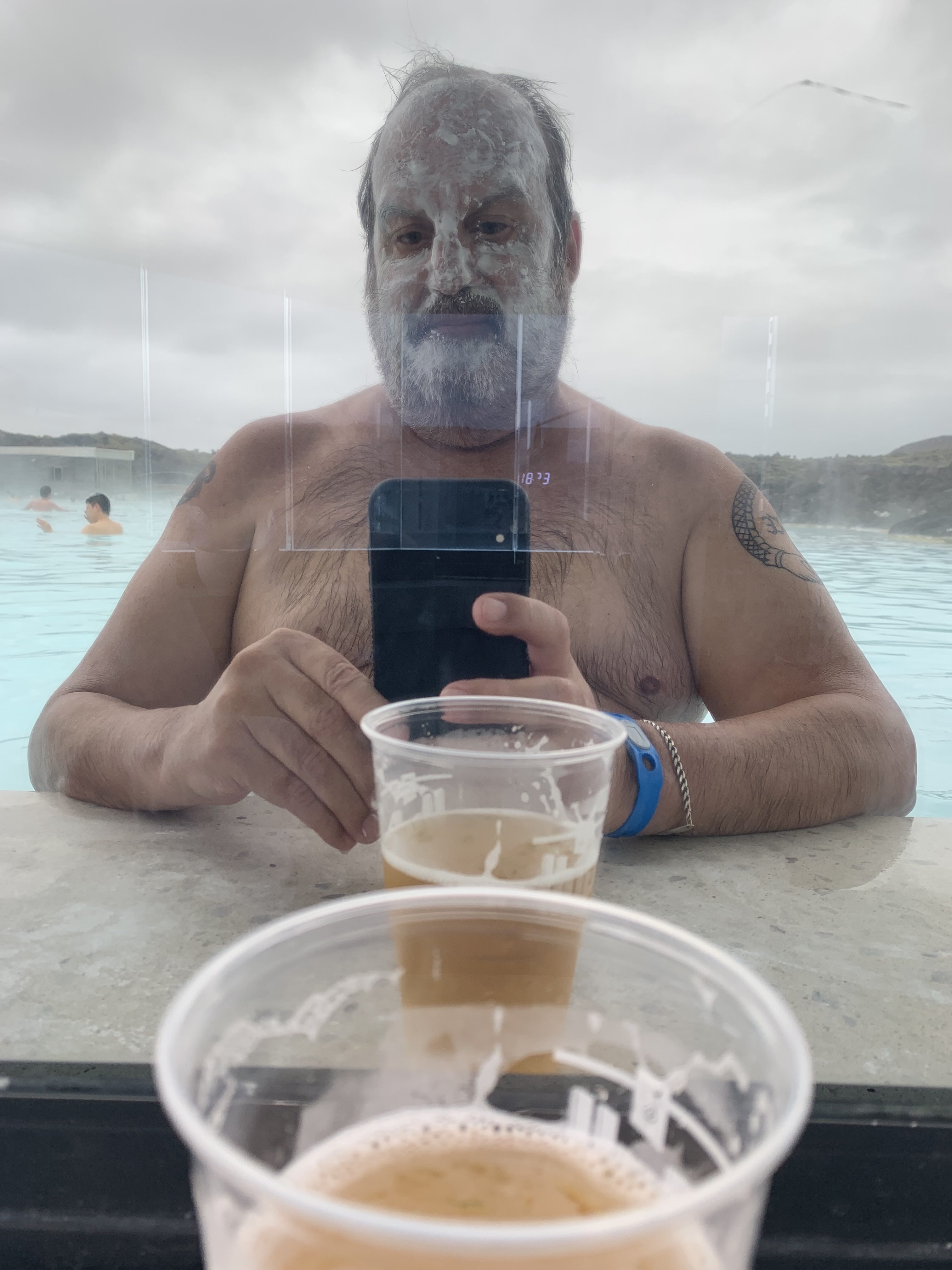
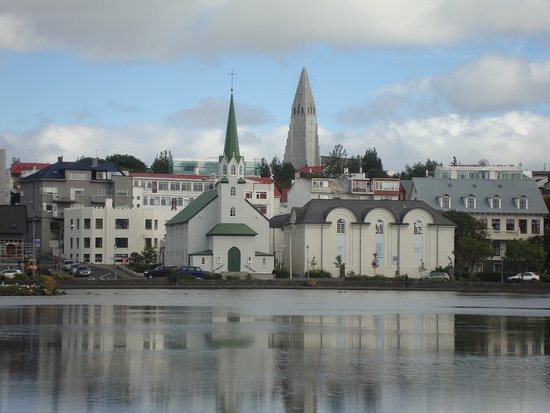
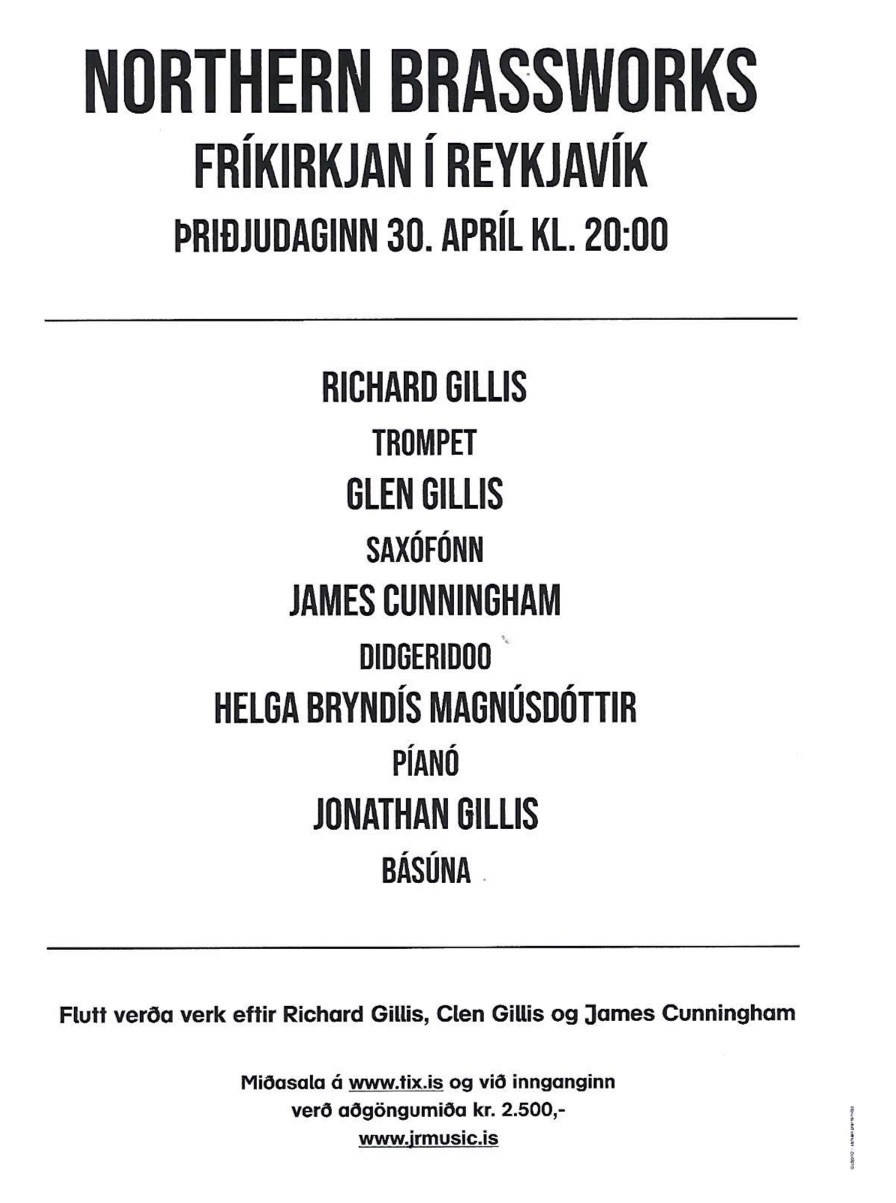
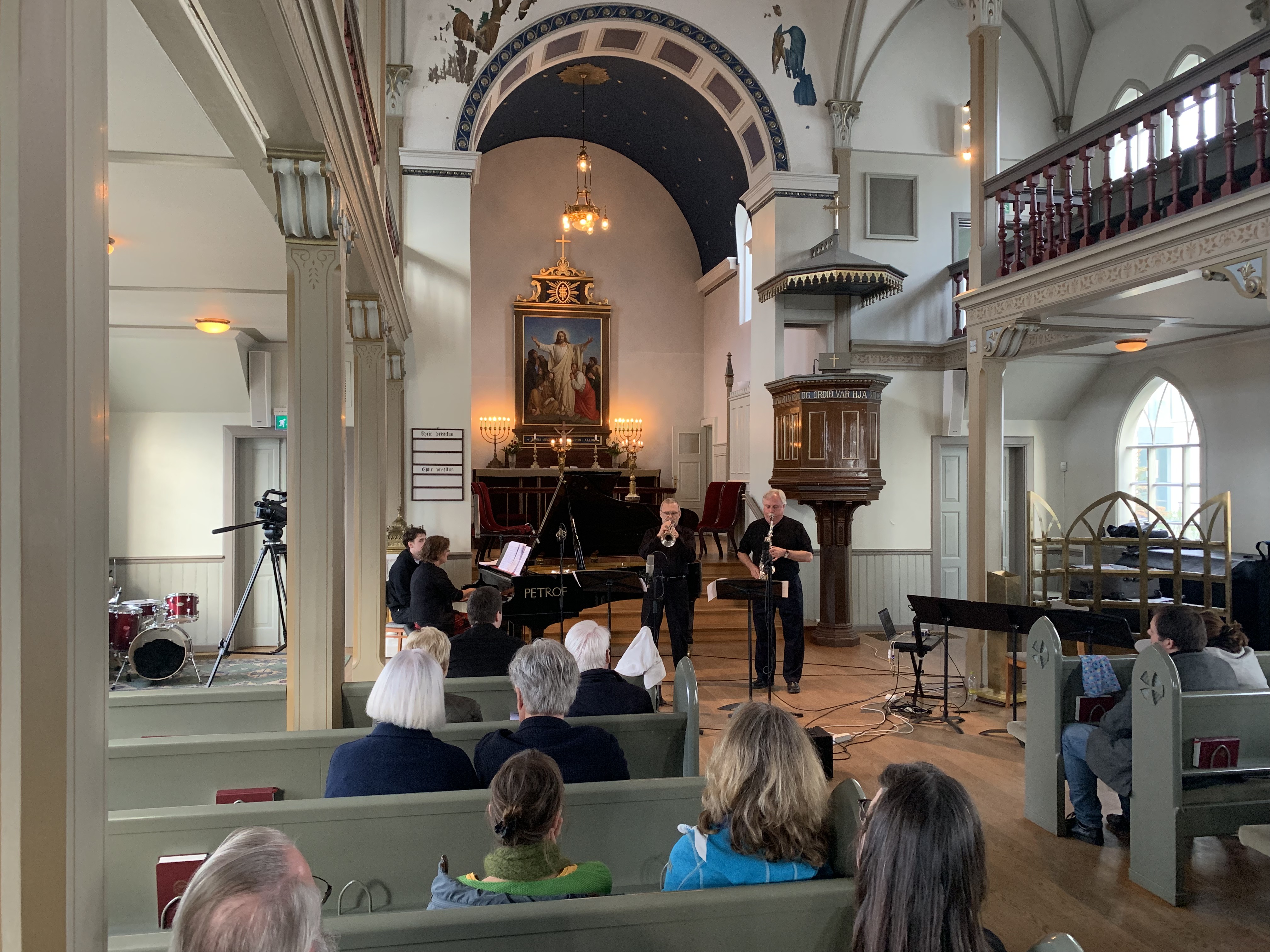
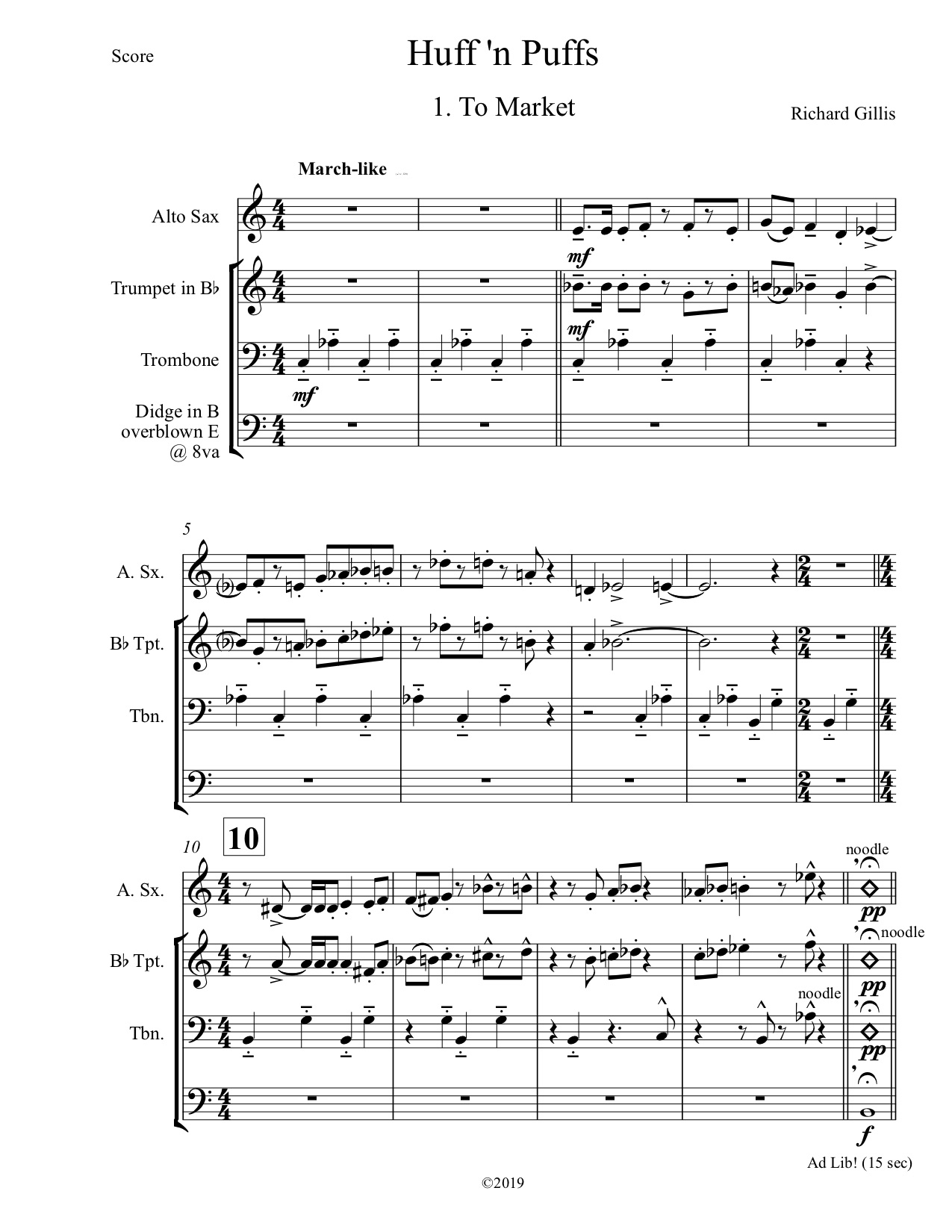
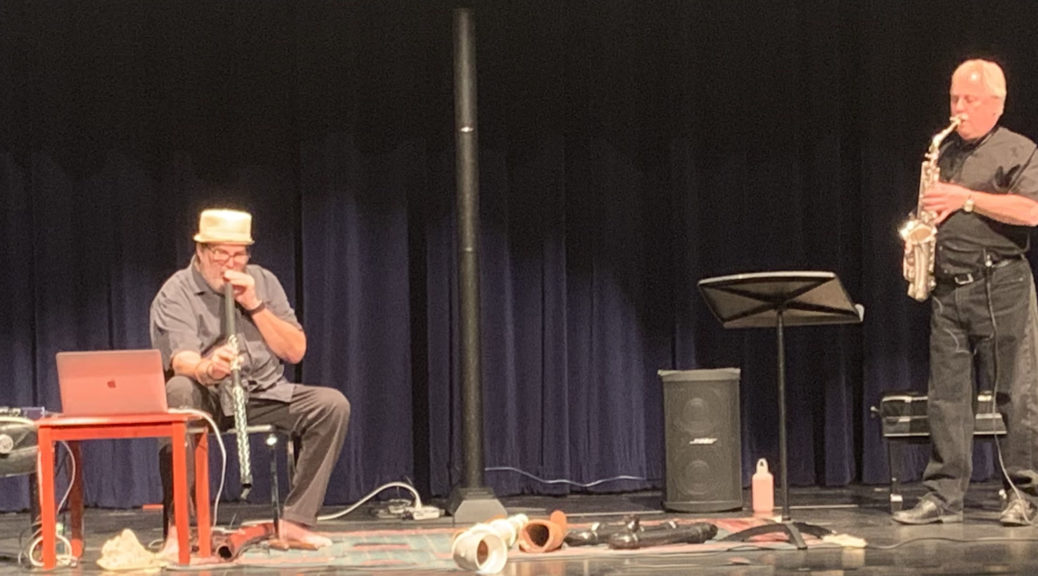


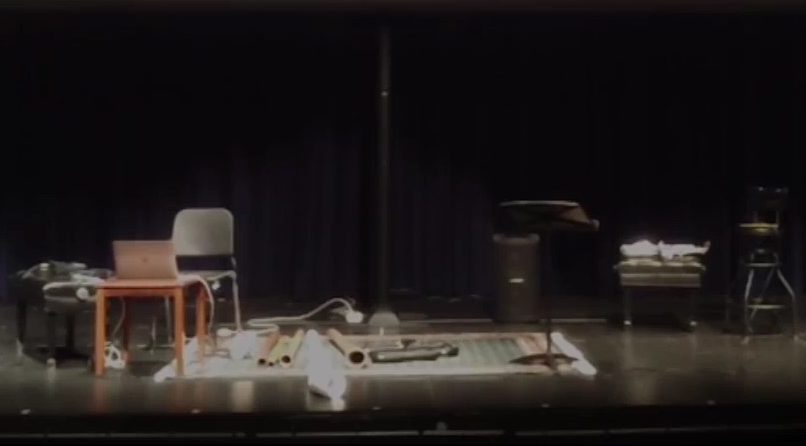
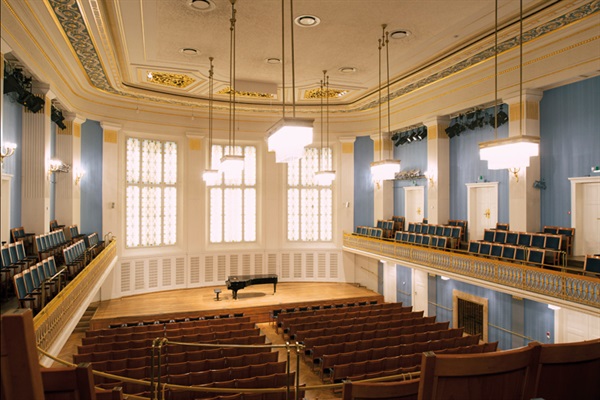

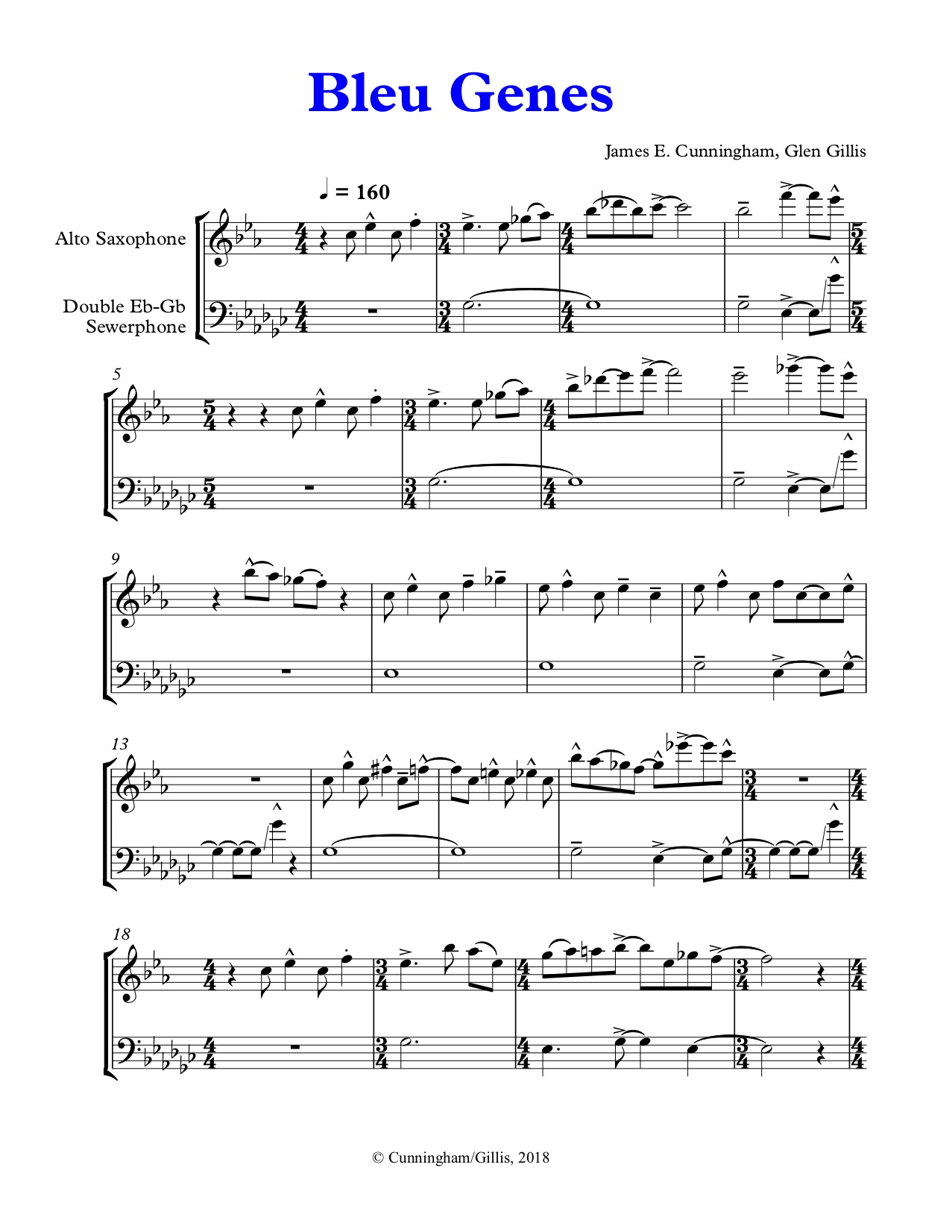
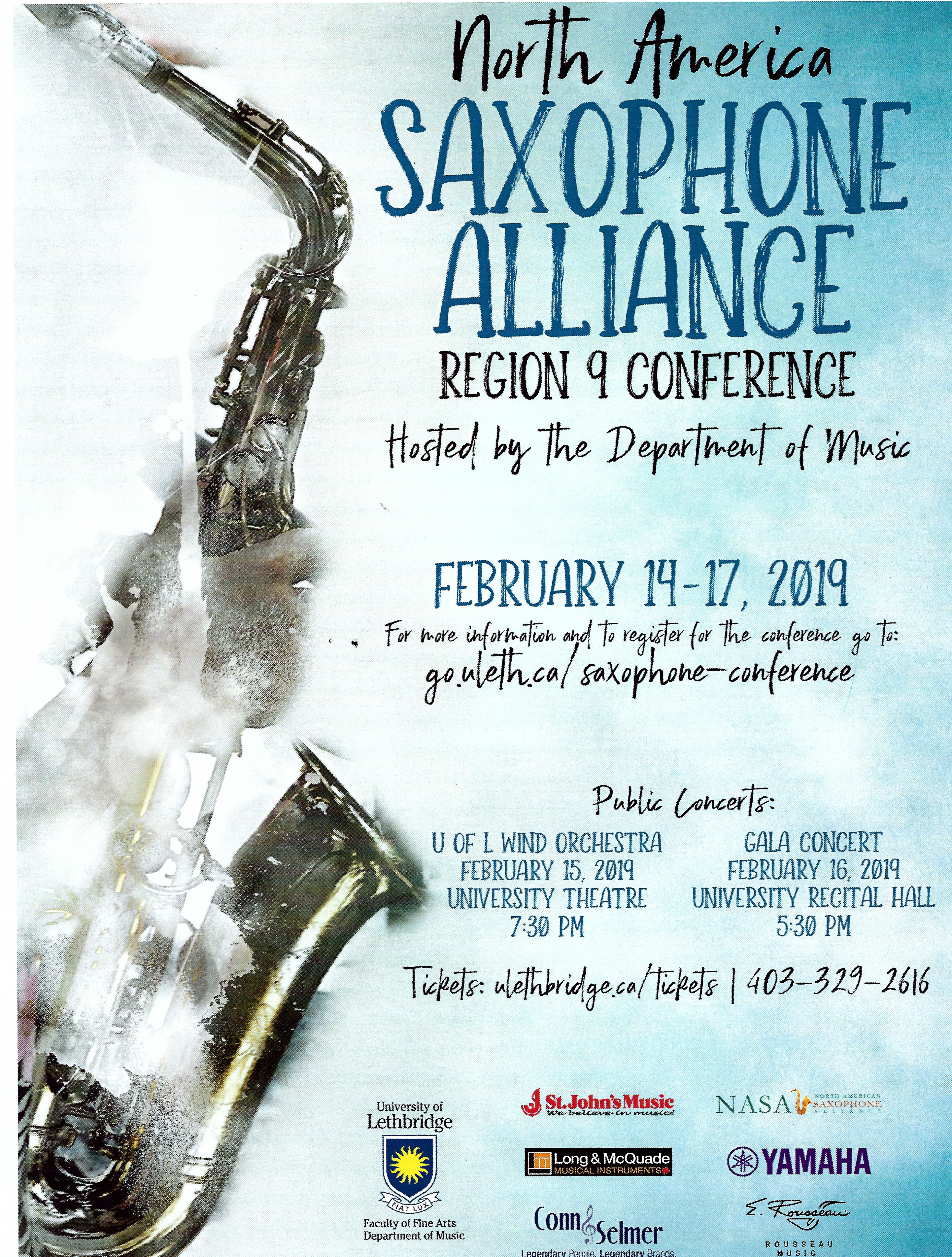
 After flying from Boca Raton, Florida to Saskatoon, the trip necessitated an eight-hundred-mile round-trip journey across the frigid winter prairies of Saskatchewan and Alberta, Canada.
After flying from Boca Raton, Florida to Saskatoon, the trip necessitated an eight-hundred-mile round-trip journey across the frigid winter prairies of Saskatchewan and Alberta, Canada.
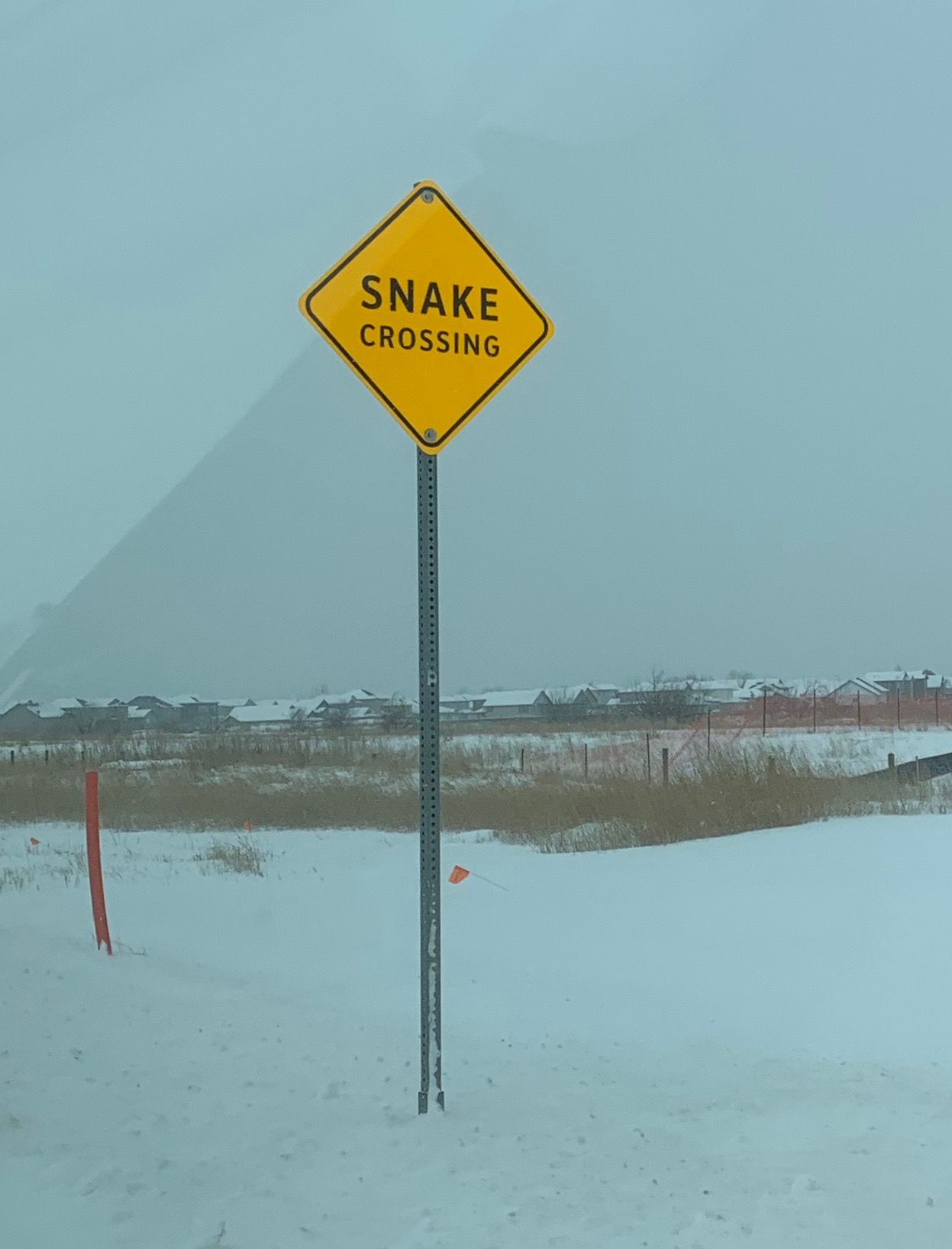

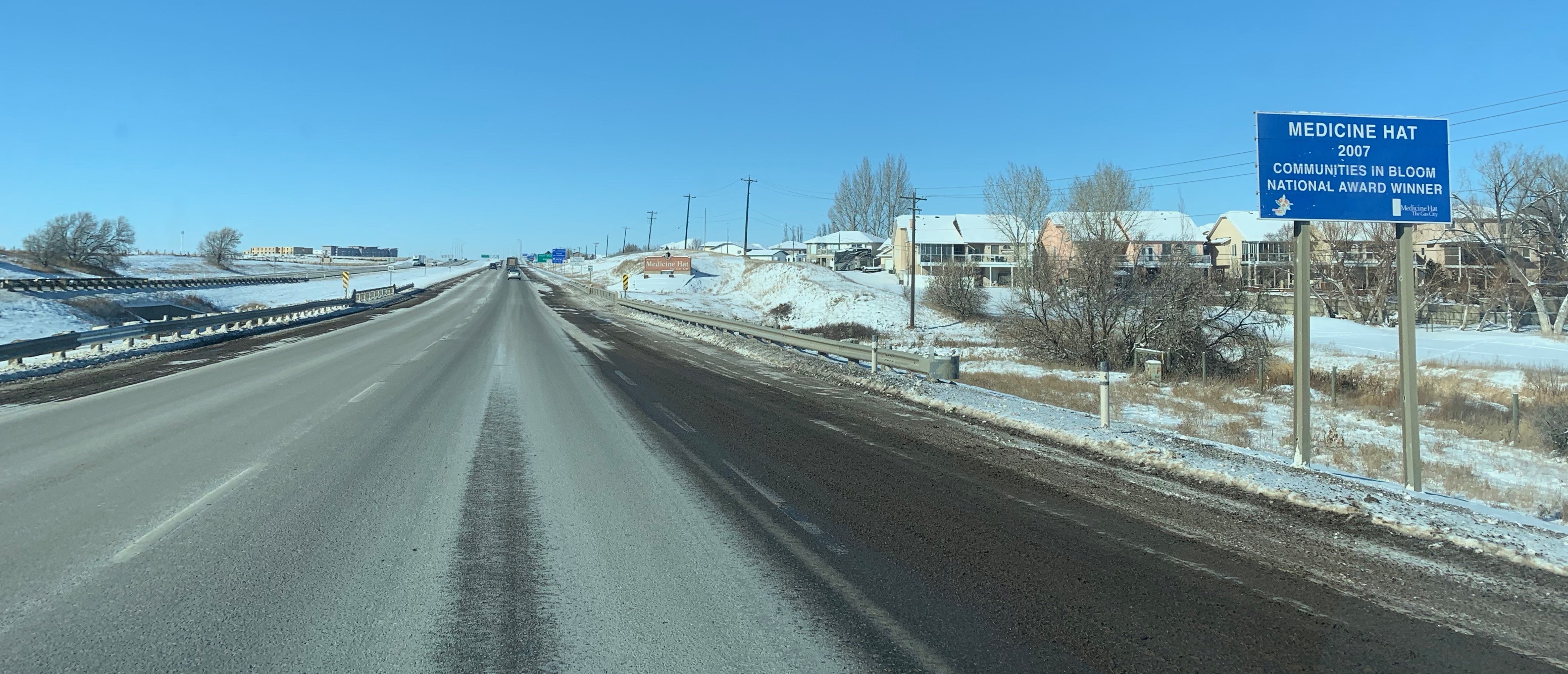



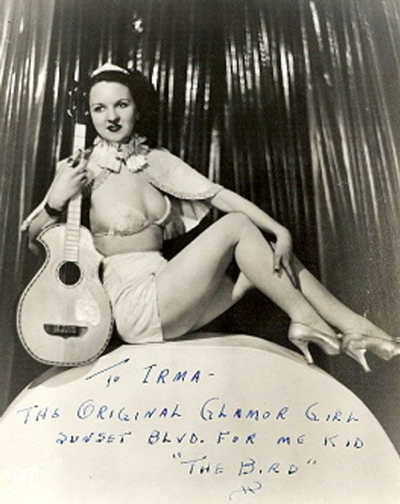

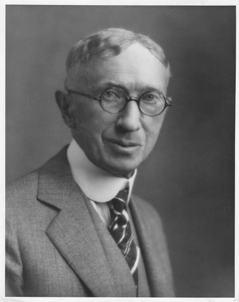
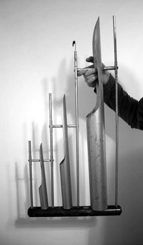

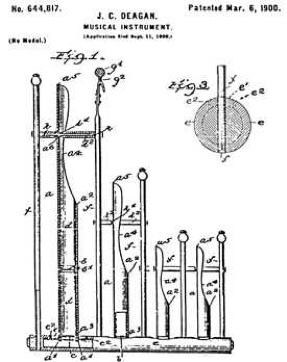
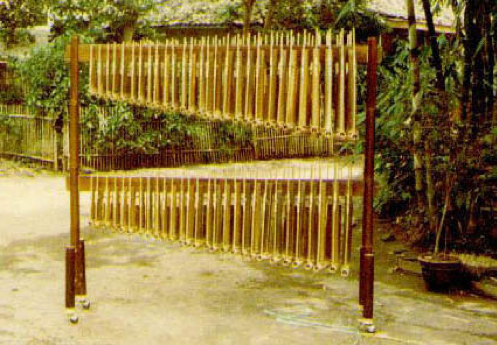


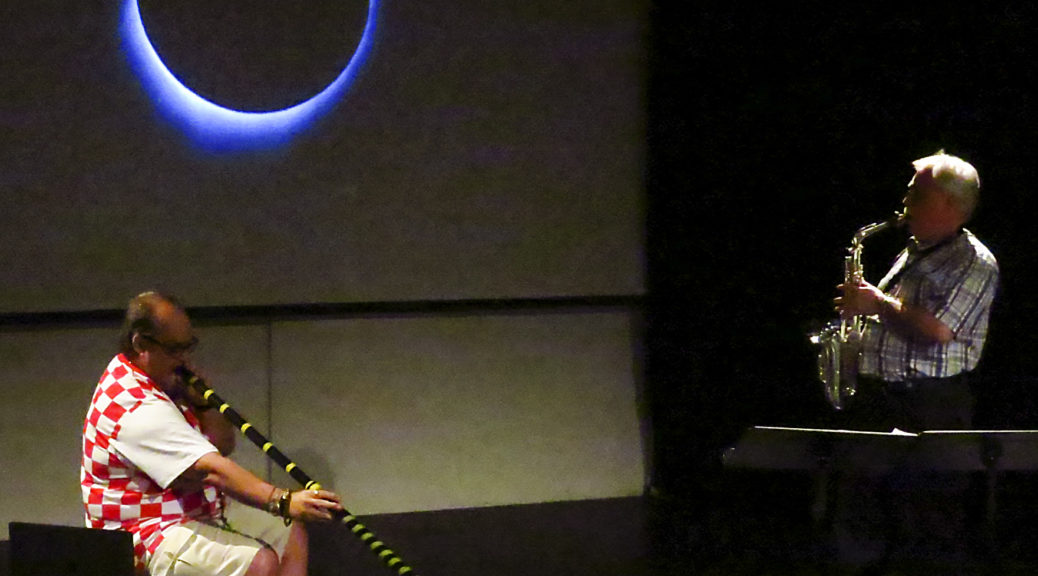
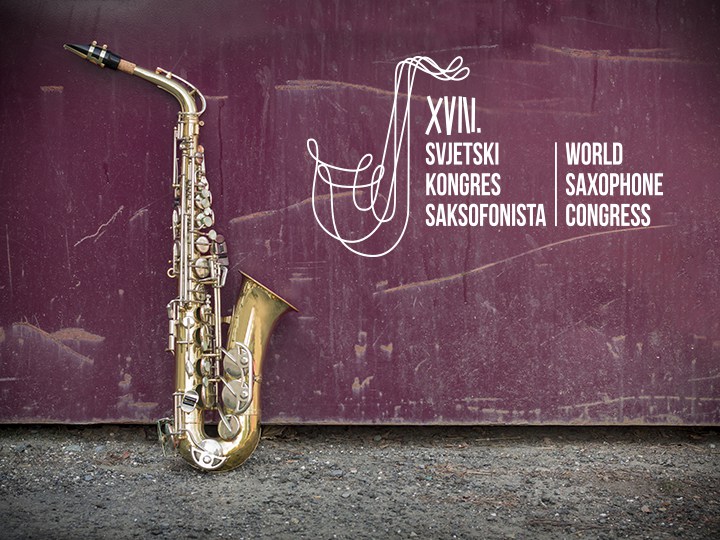
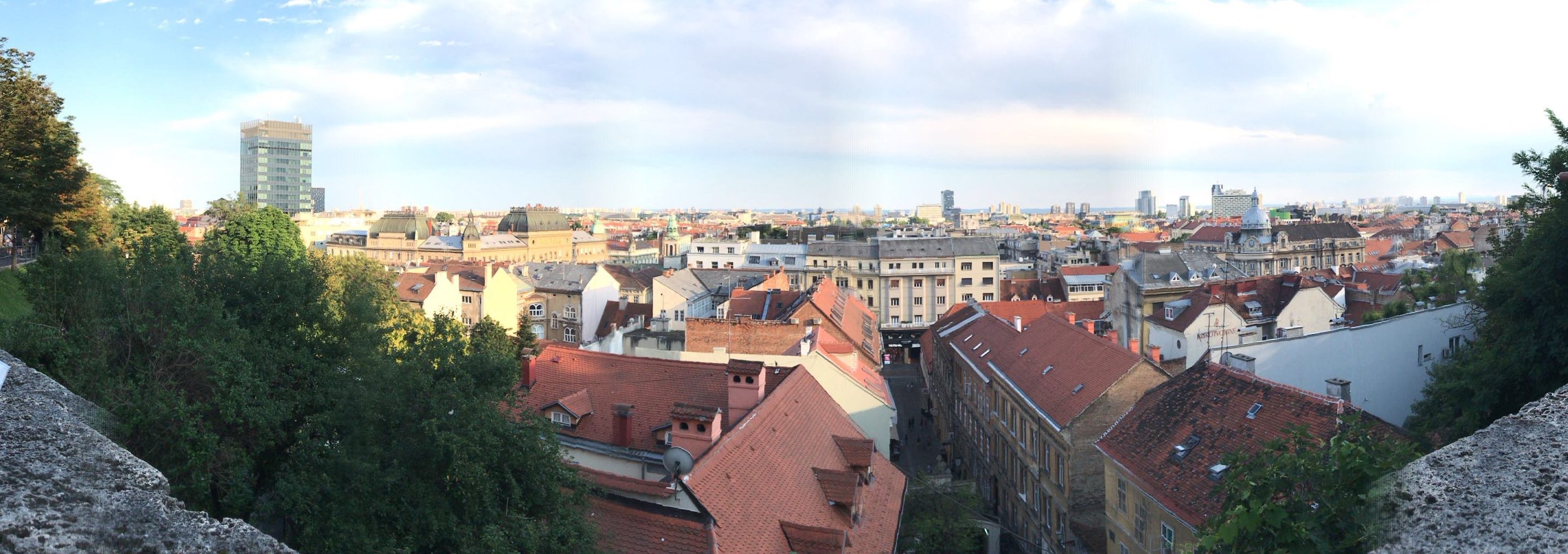
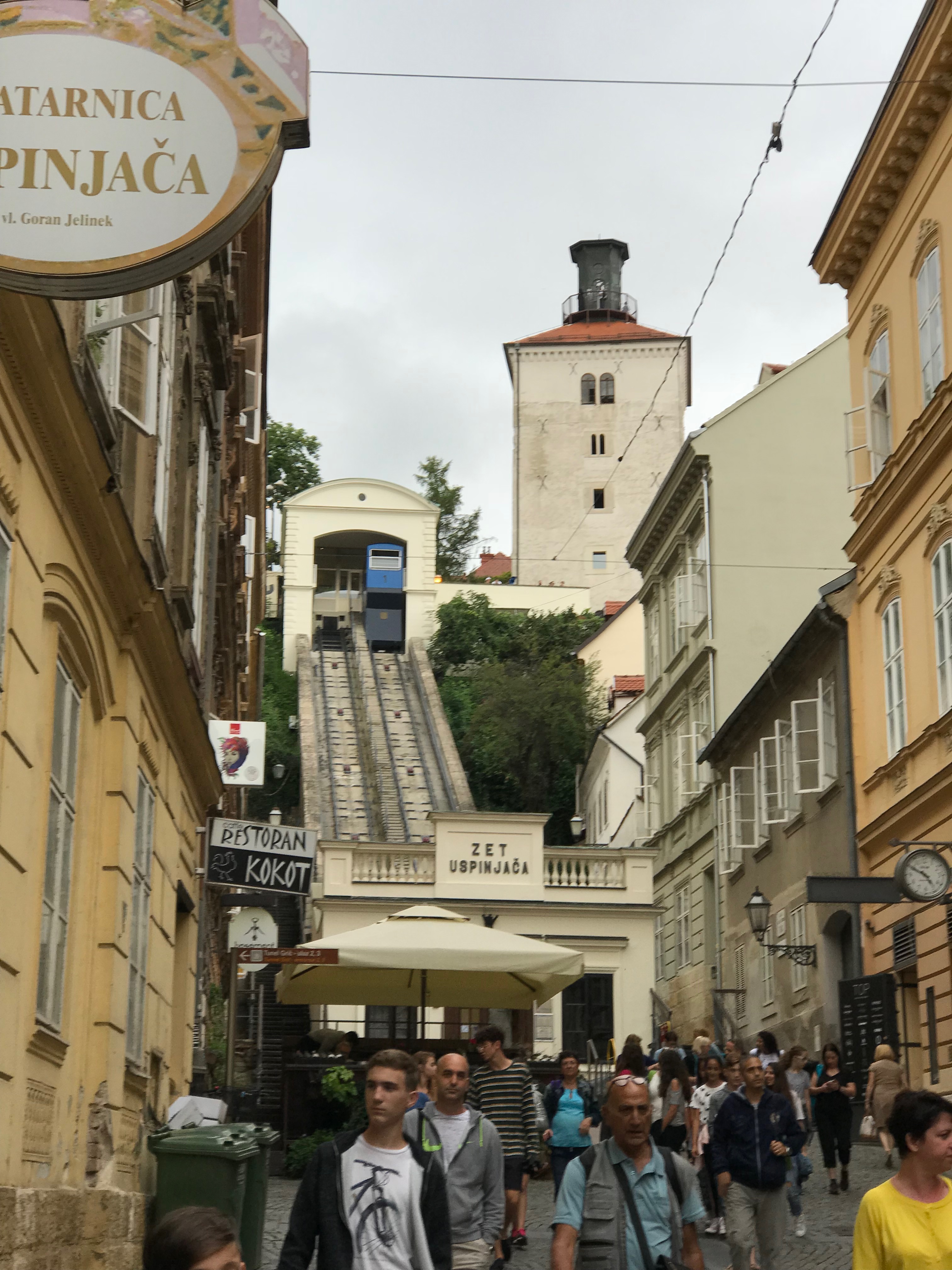
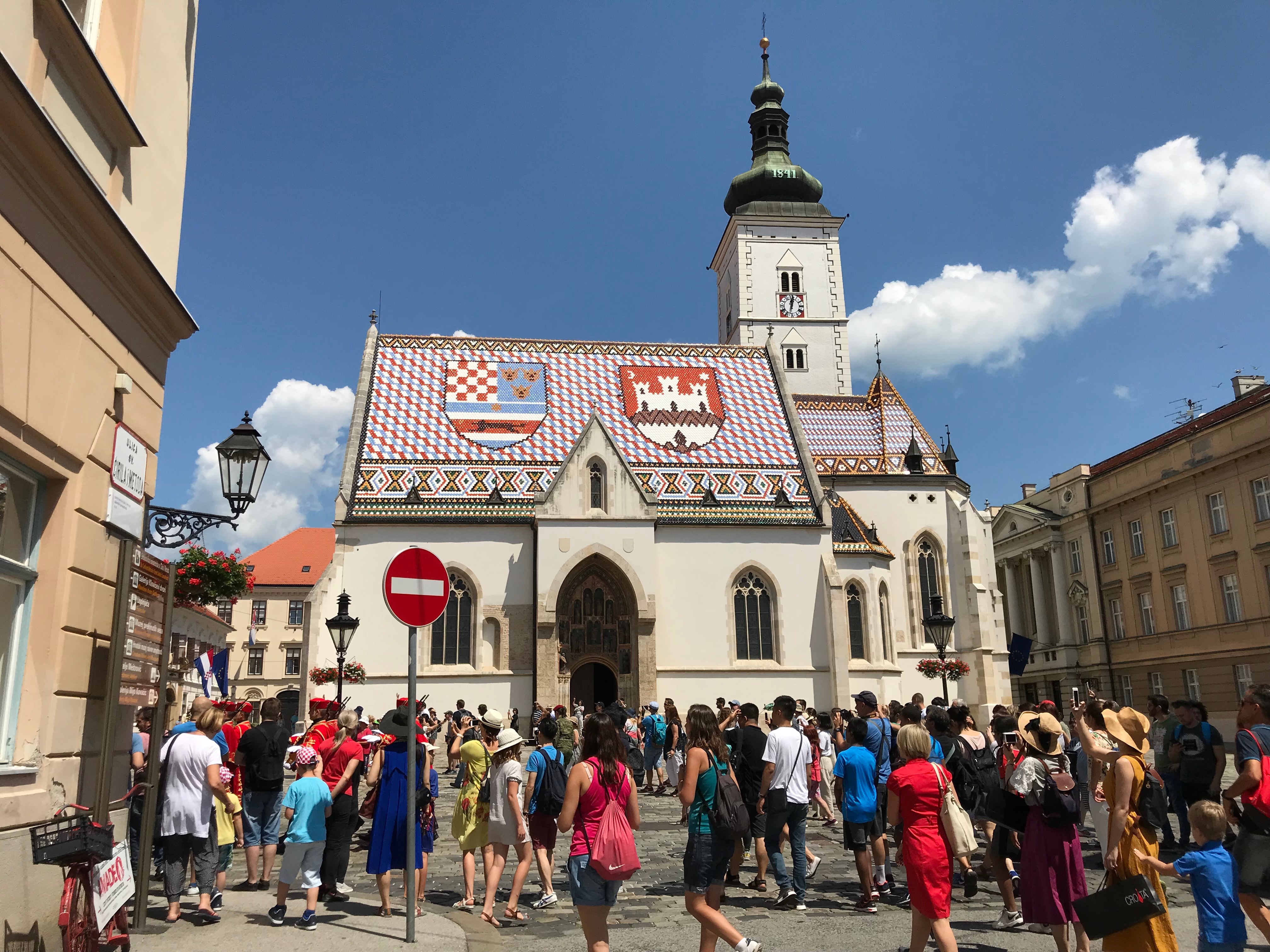



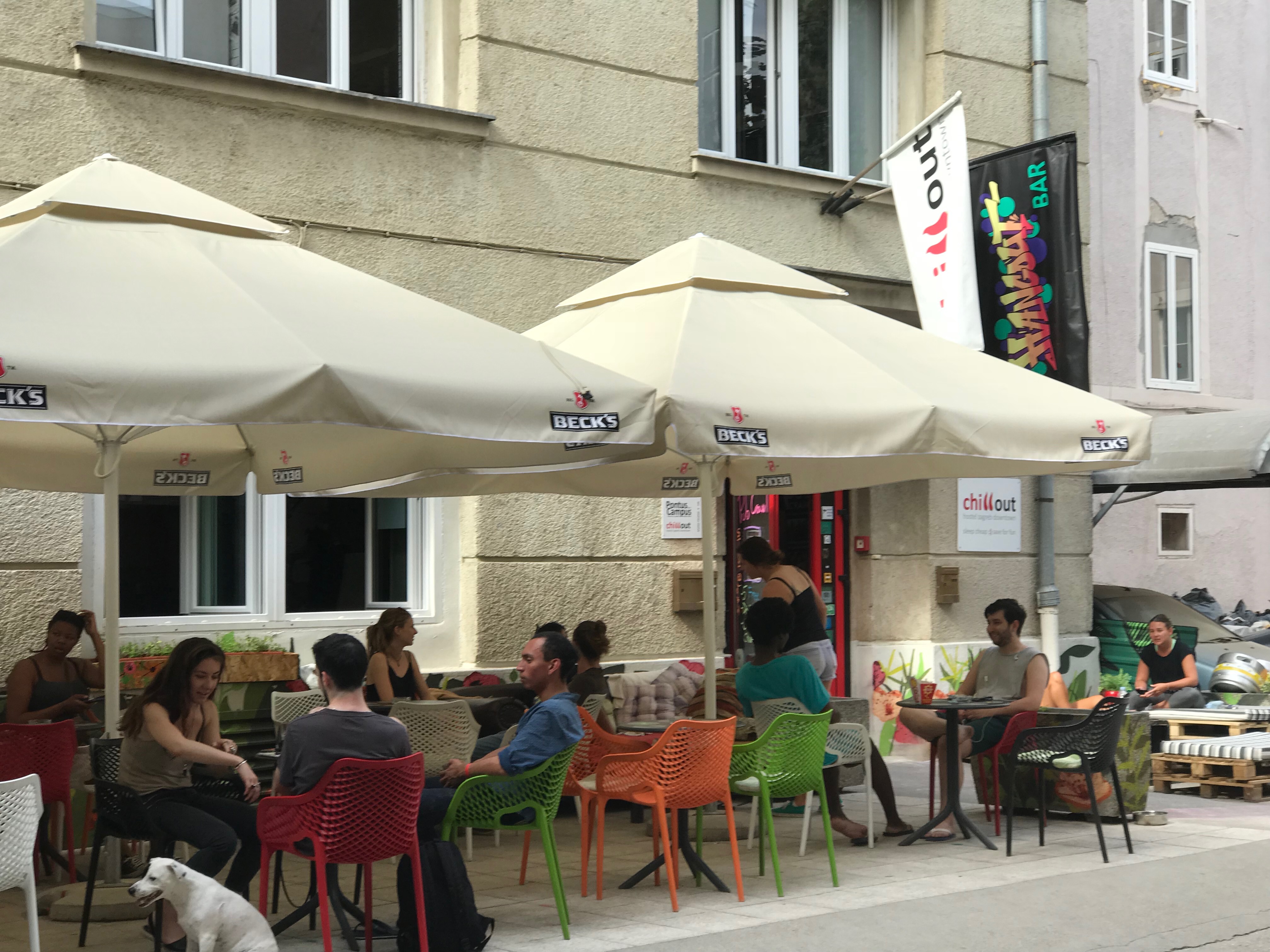


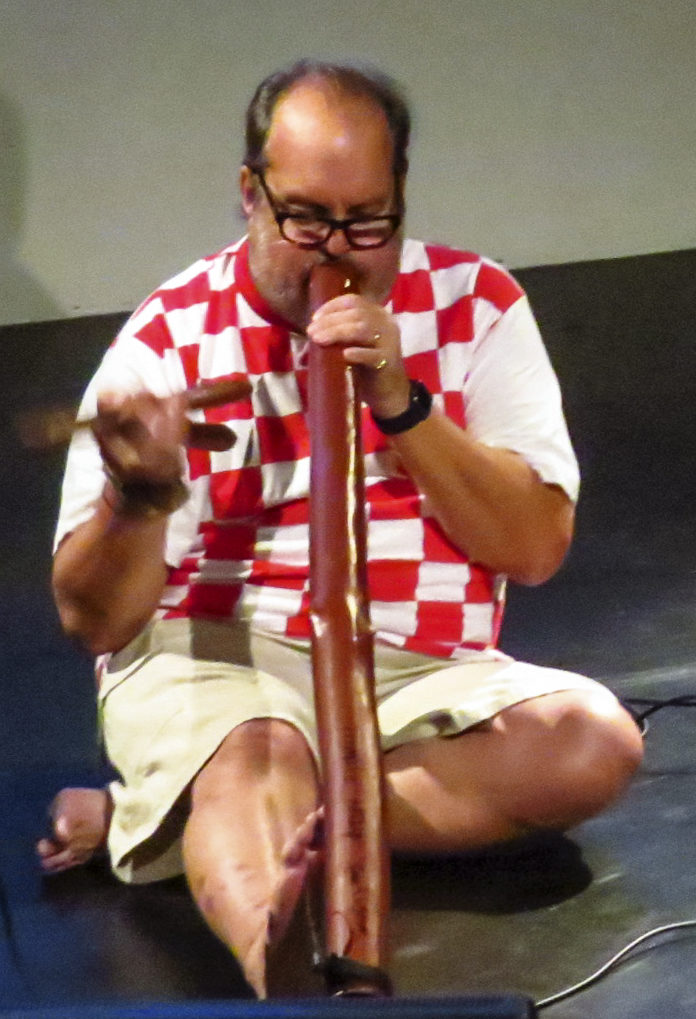
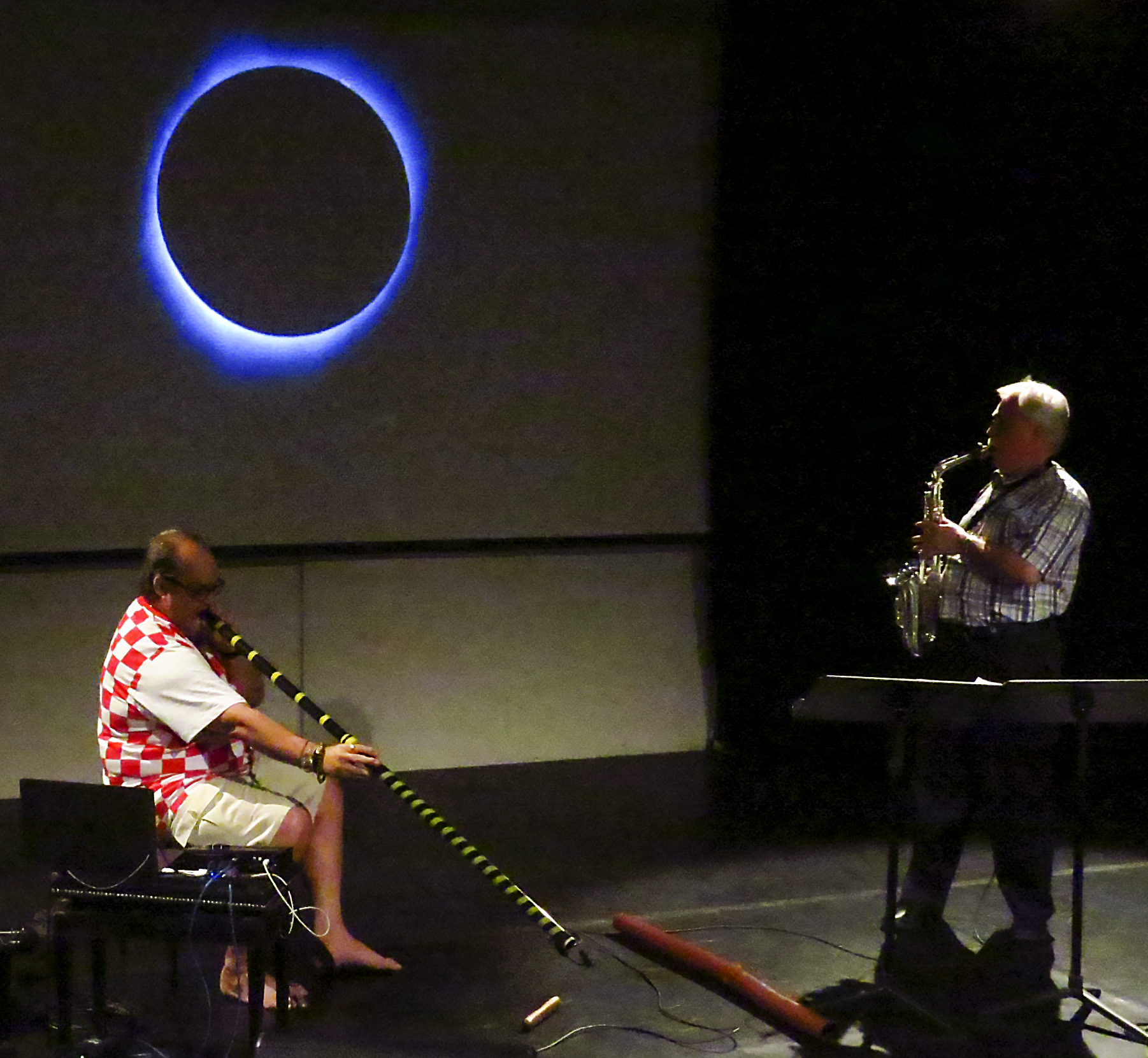
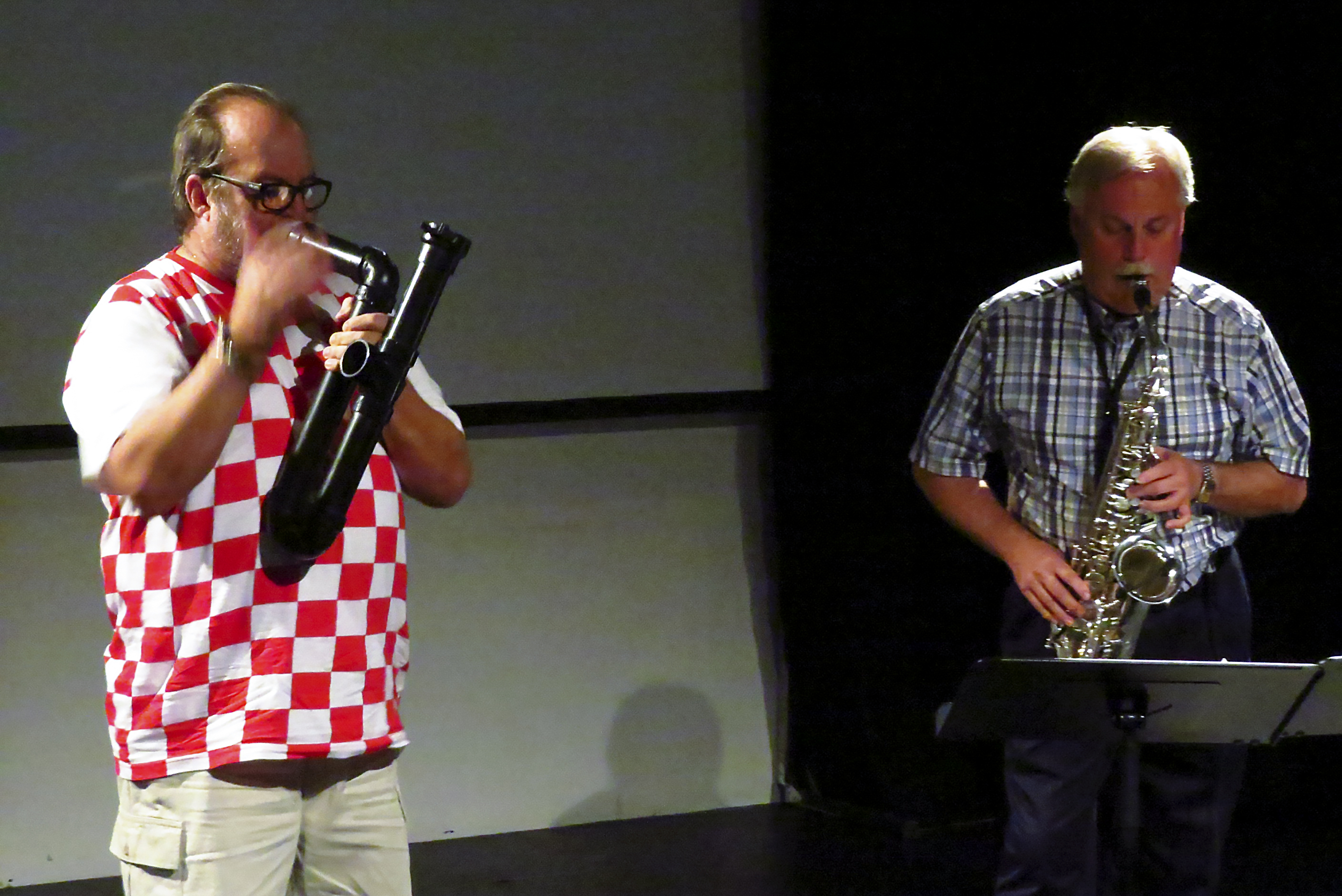

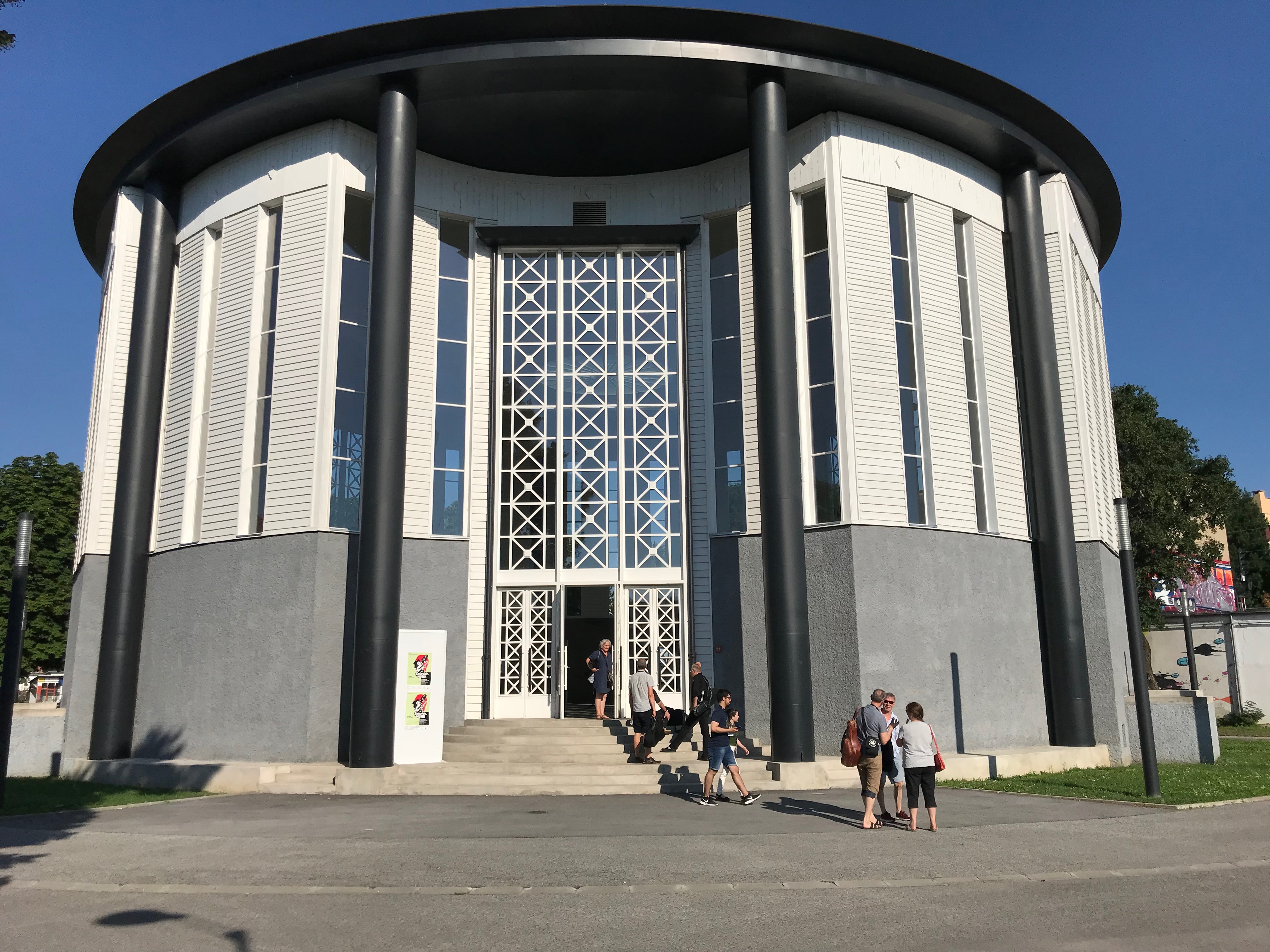
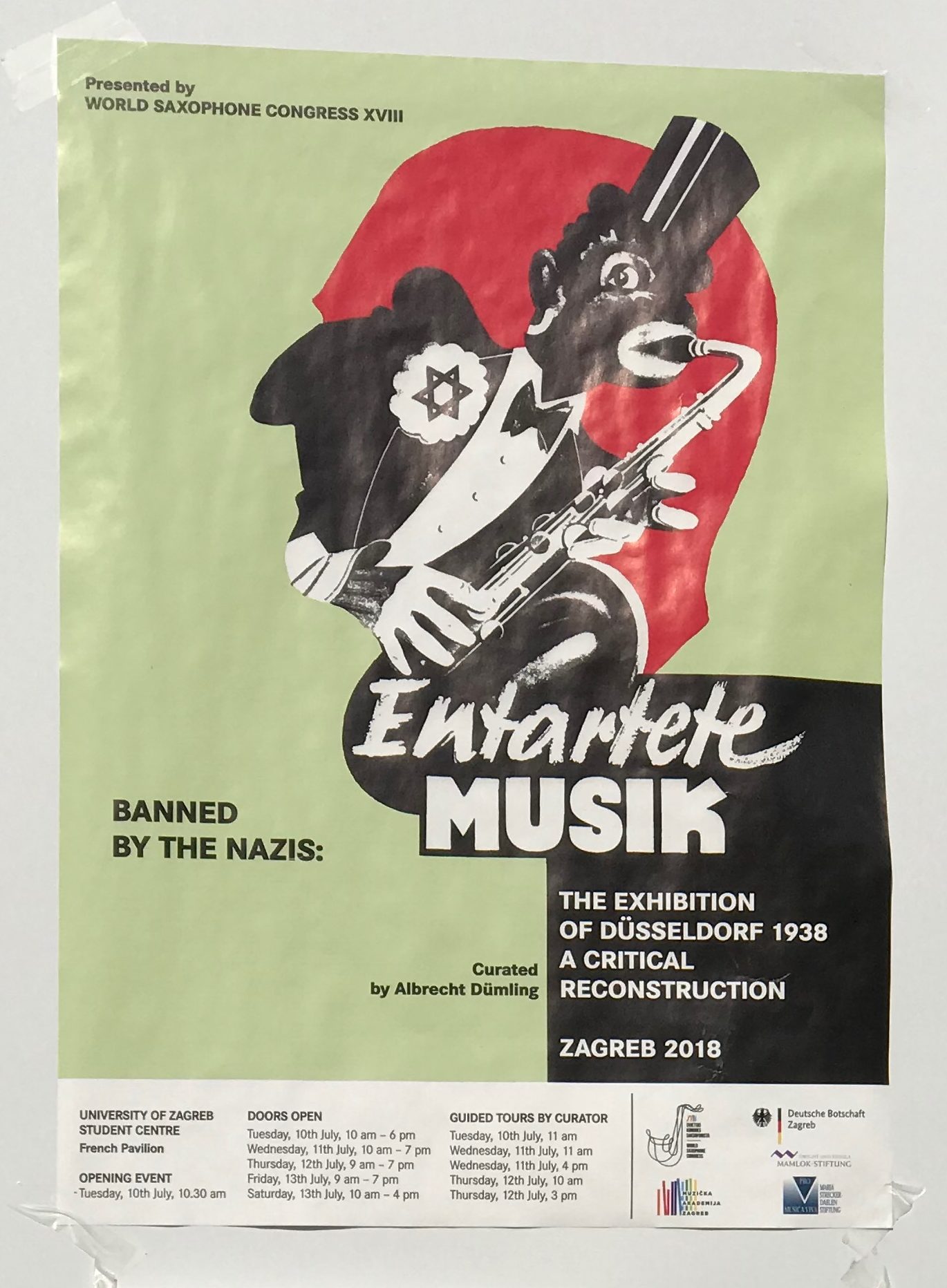
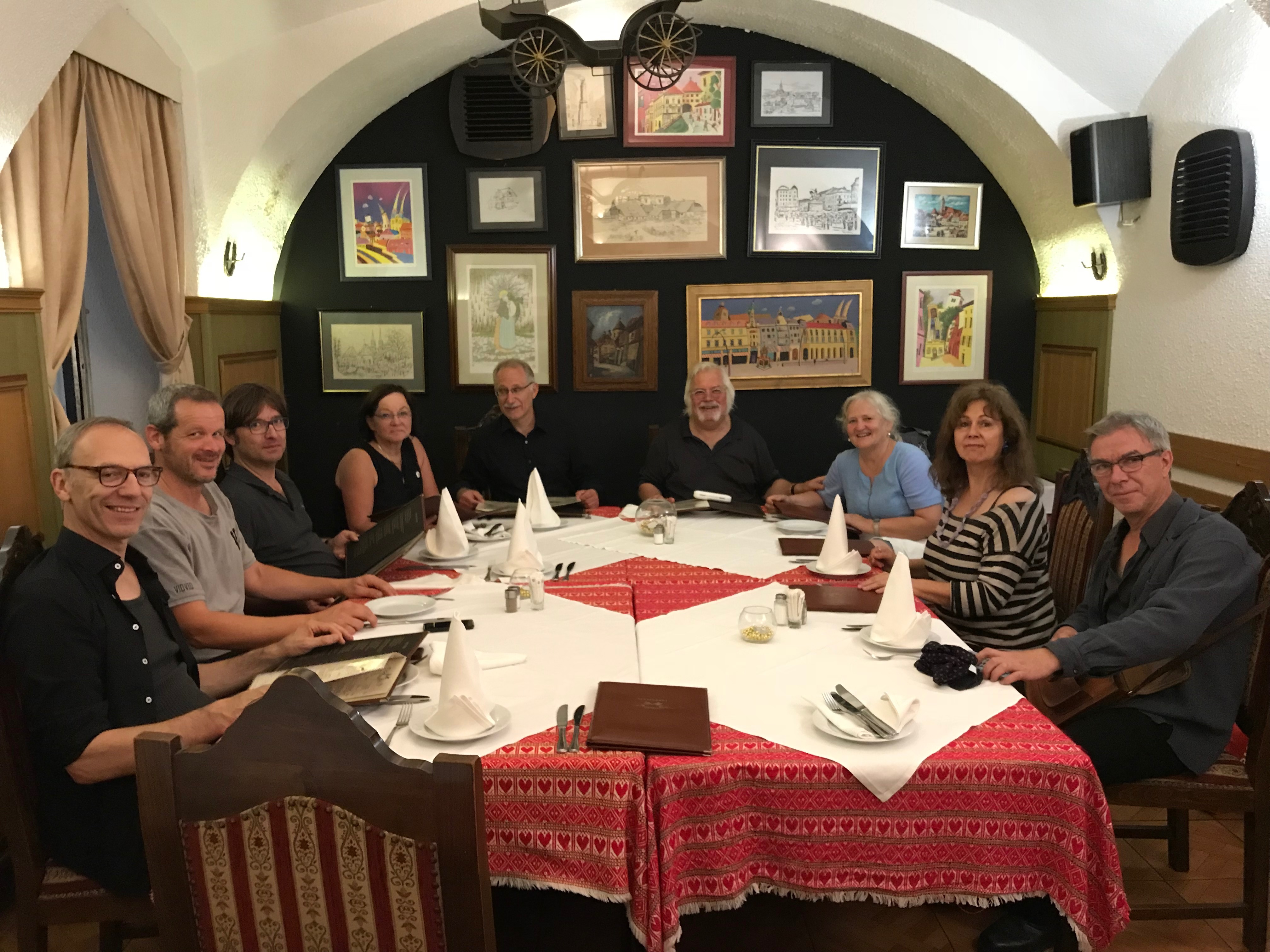
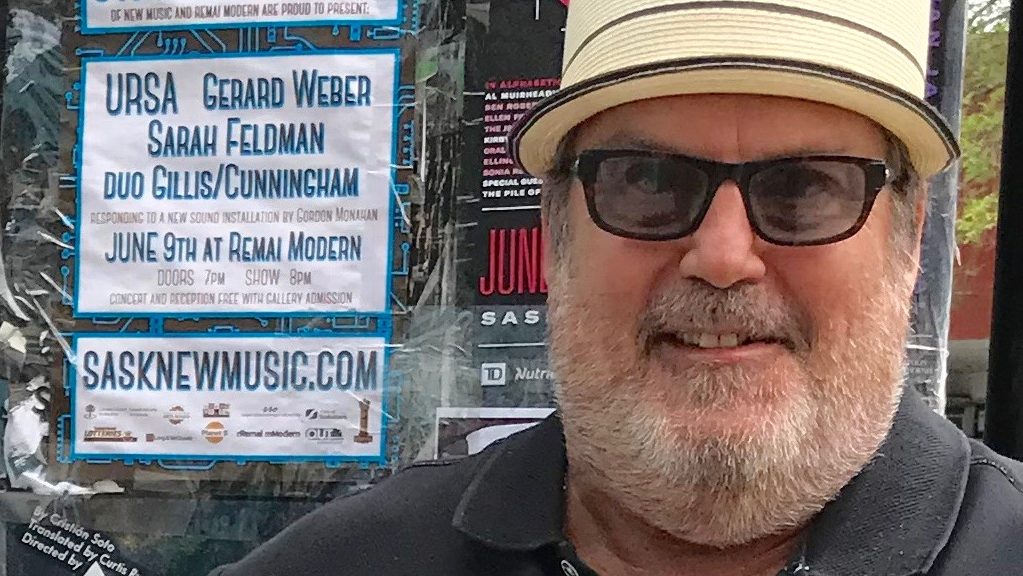

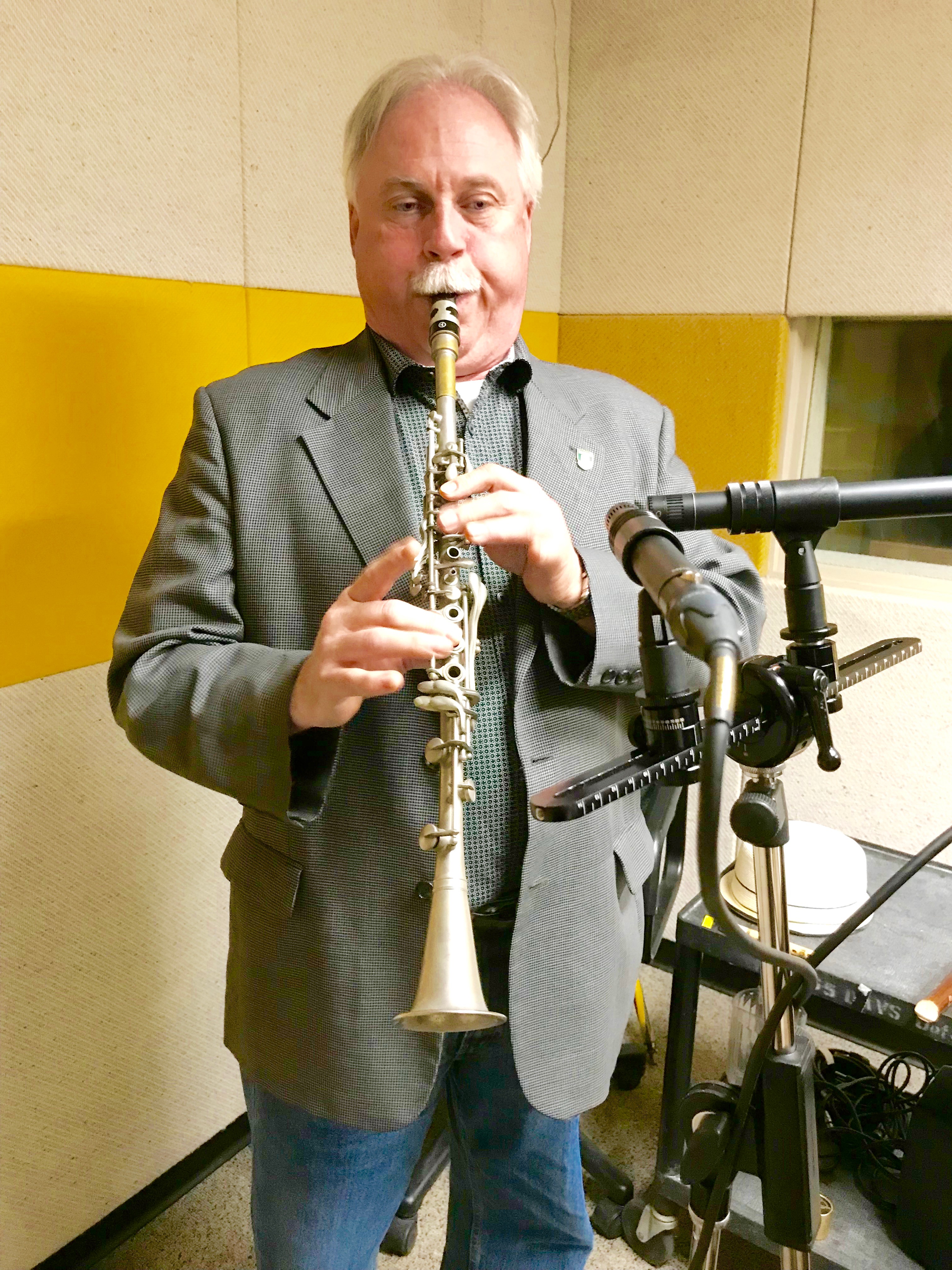
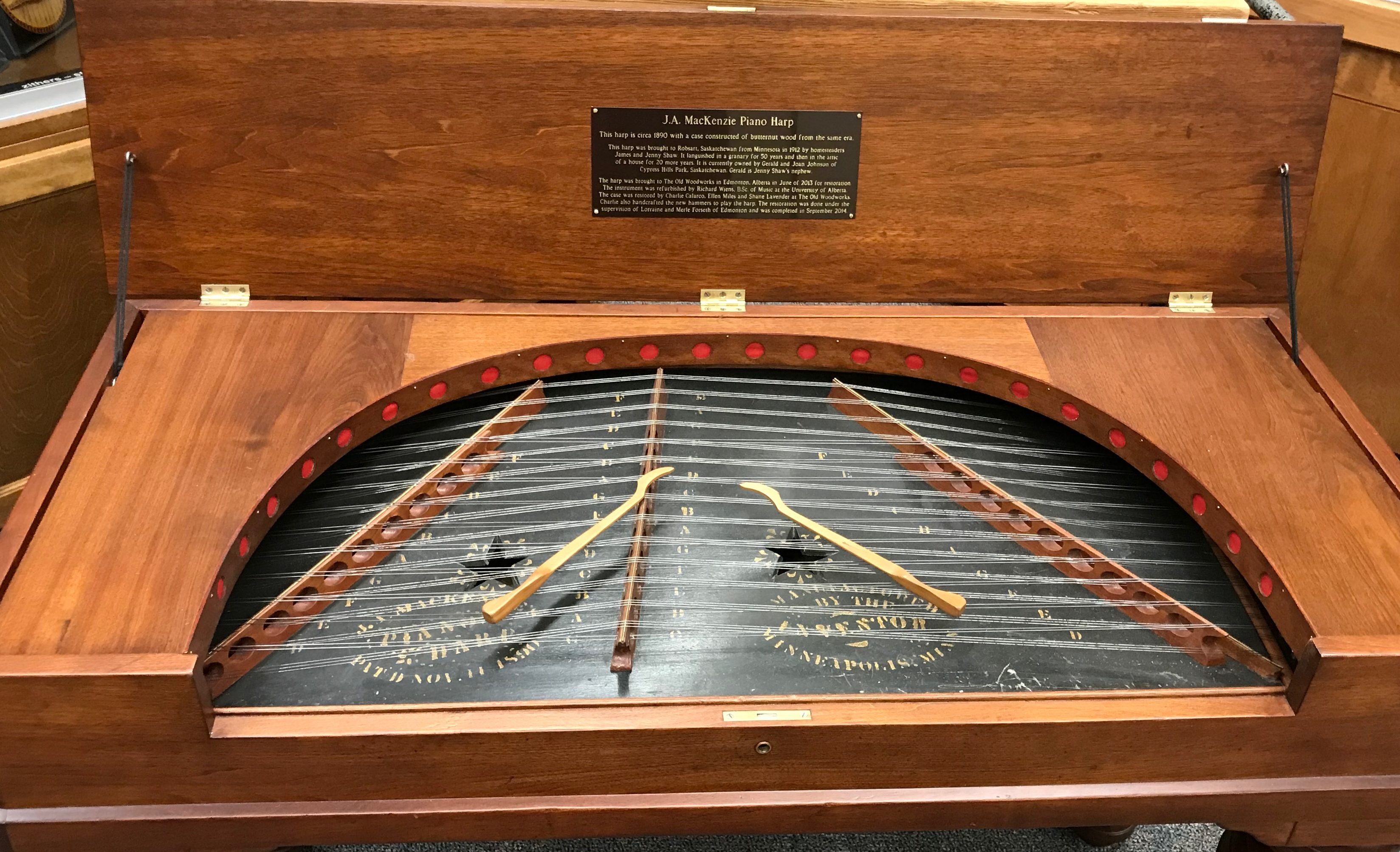
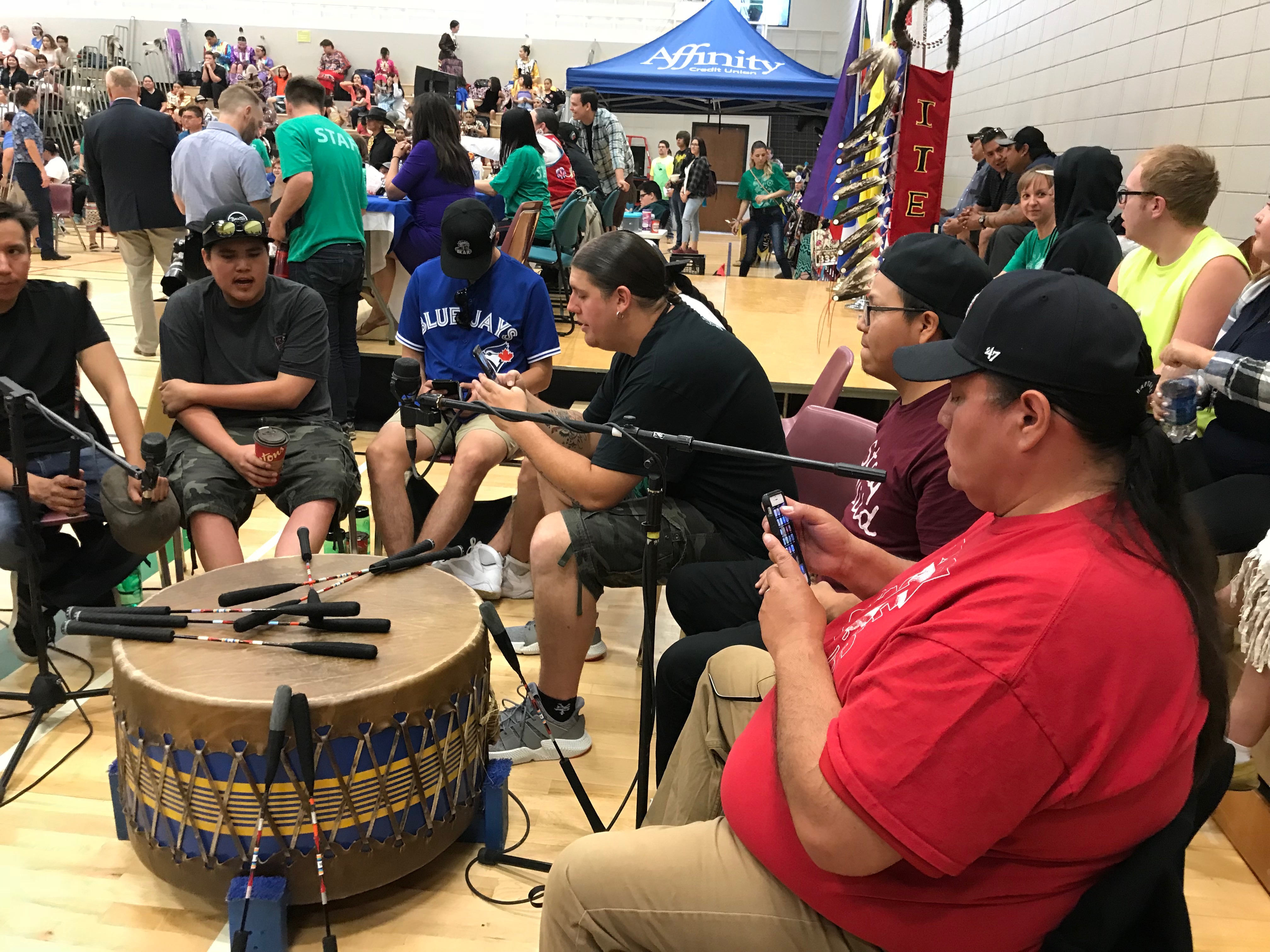
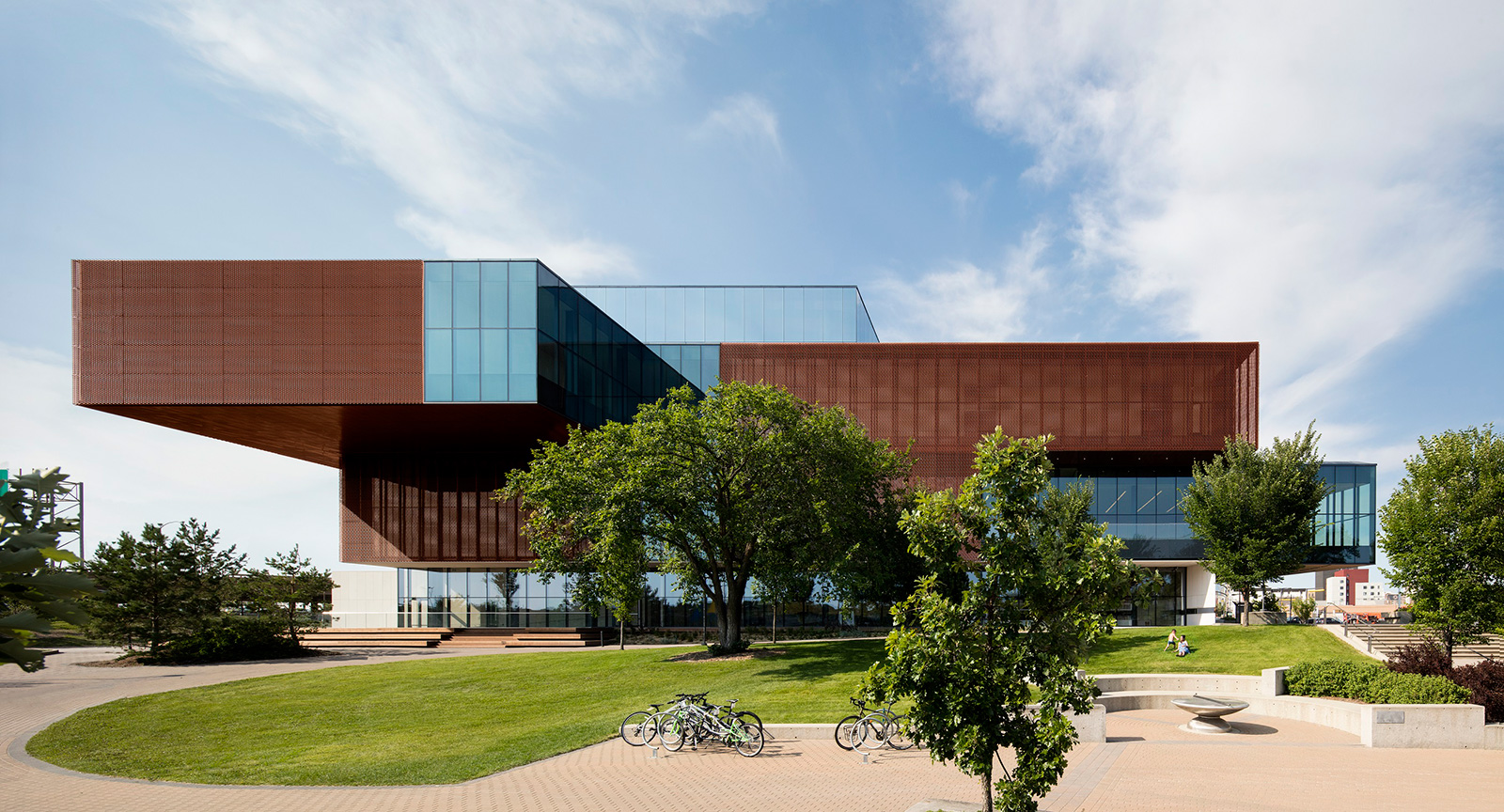
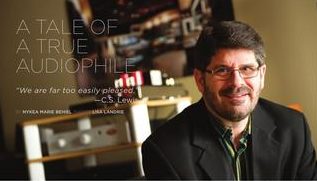
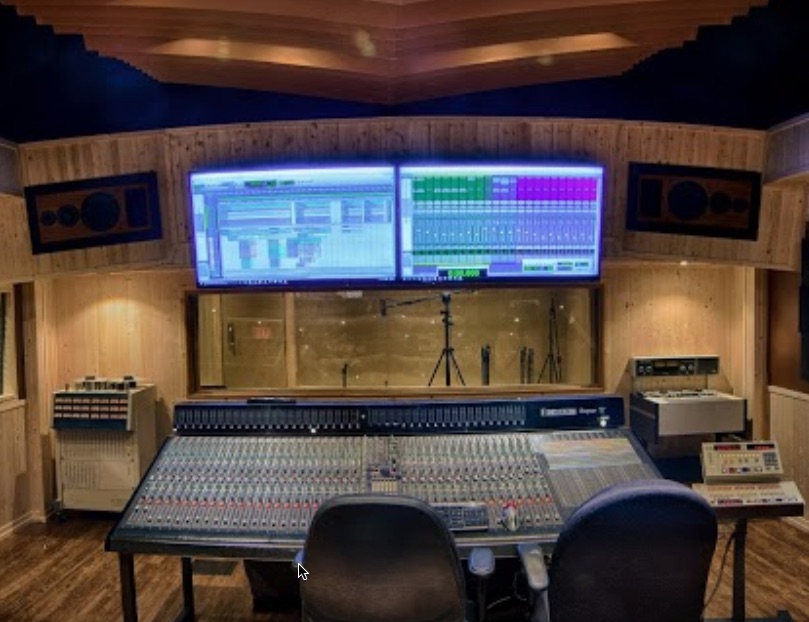

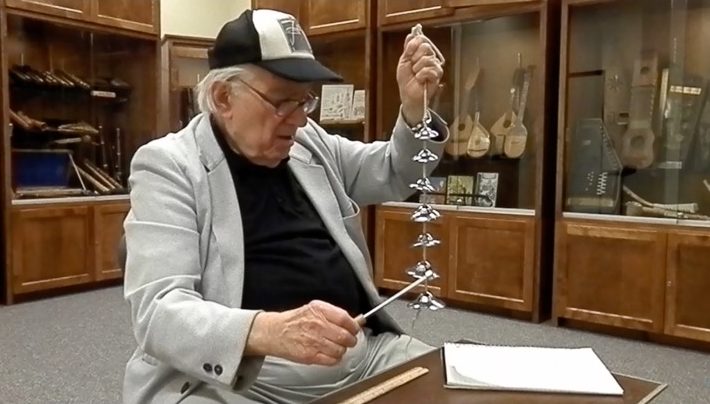
 Our fellow collaborator at USASK is Professor, saxophonist, and composer Glen Gillis, with whom I have enjoyed a twenty-year-long musical association. The goal of the creative team is to create living music from the now dormant instruments in the Kaplan collection.
Our fellow collaborator at USASK is Professor, saxophonist, and composer Glen Gillis, with whom I have enjoyed a twenty-year-long musical association. The goal of the creative team is to create living music from the now dormant instruments in the Kaplan collection.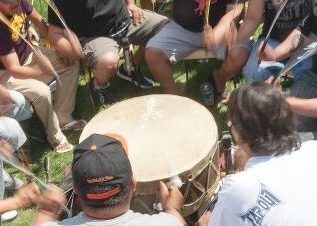


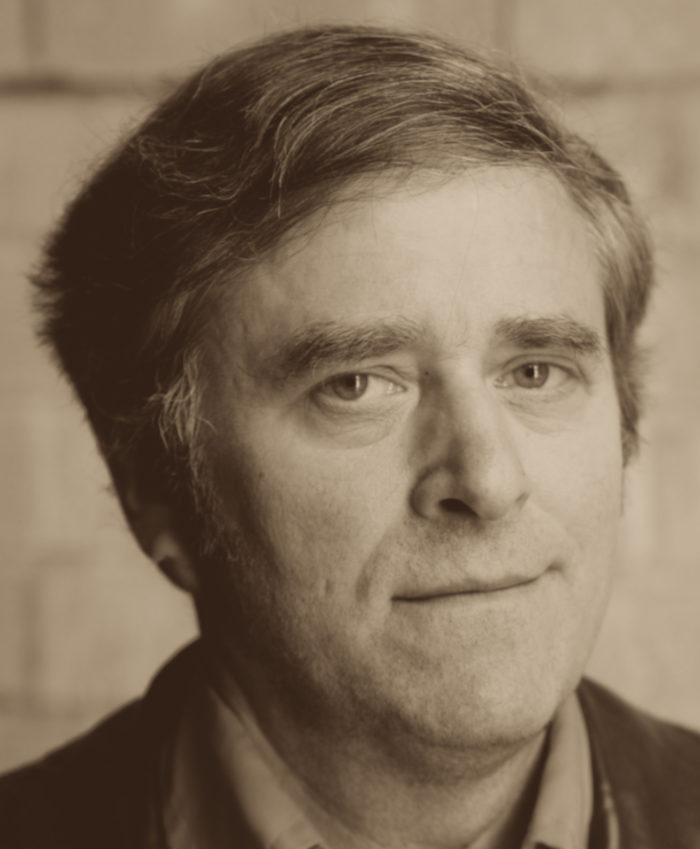
 For many years I have been fascinated by the contemporary countertenor movement. My interest was spurred by after listening to a broadcast on NPR’s “All Things Considered” about singer David Daniels, who found his true voice after an unsuccessful attempt to become a classical tenor.
For many years I have been fascinated by the contemporary countertenor movement. My interest was spurred by after listening to a broadcast on NPR’s “All Things Considered” about singer David Daniels, who found his true voice after an unsuccessful attempt to become a classical tenor.